If you buy through our links, we may earn an affiliate commission. This supports our mission to get more people active and outside.Learn about Outside Online's affiliate link policy
The Gear You Need for 2022
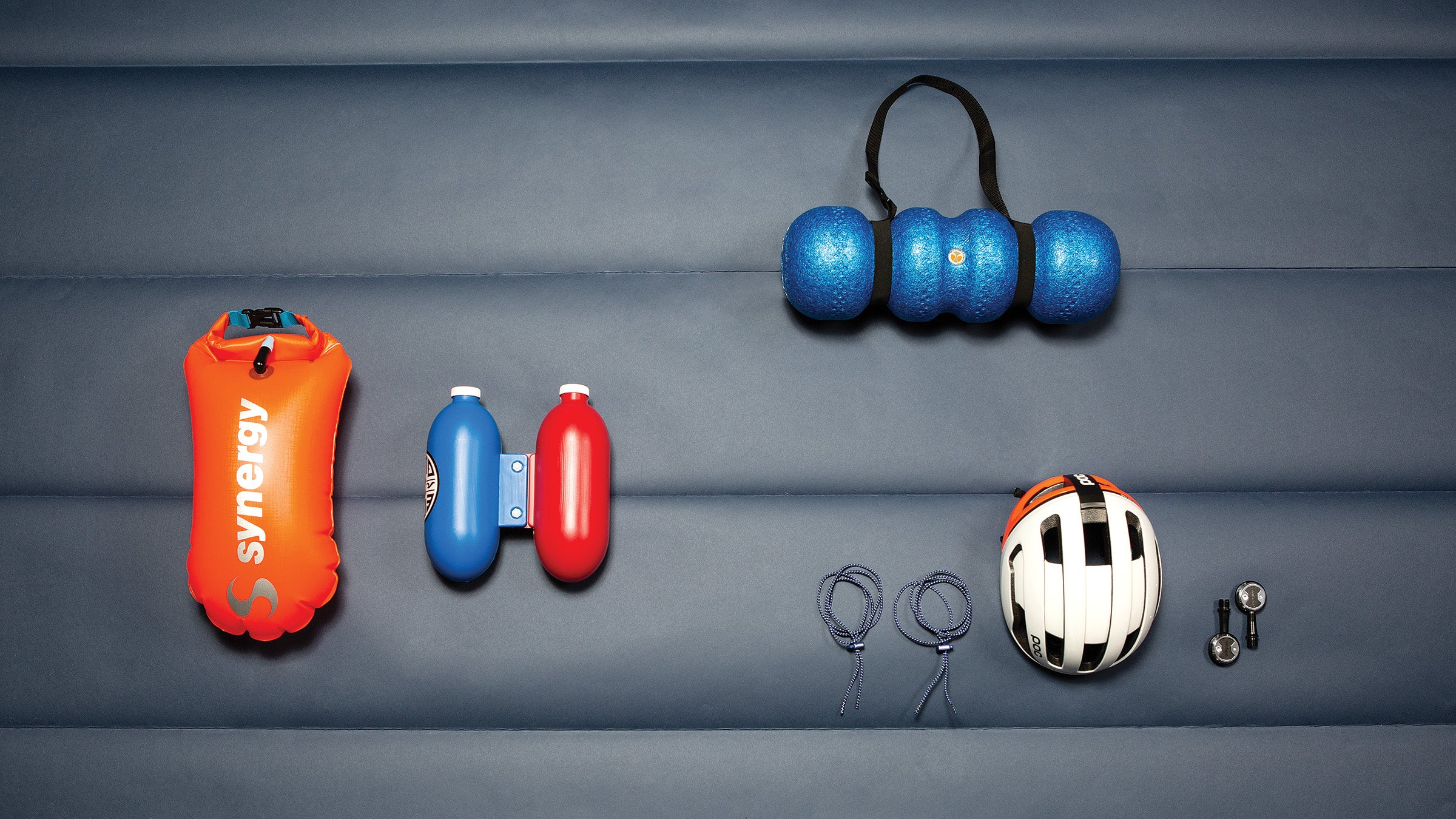
(Photo: Brad Kaminski)
Best Gear of 2022
While there is nearly an infinite amount of swim, bike, run, and multisport-specific gear you could buy, there are only some things you need to buy. There are certain essentials for every triathlete to either finish (like a $650
Experienced triathletes need this because: Lighter, more flexible neoprene reduces fatigue and makes your swim leg faster
Though Sweden-based ARK is better known for their amazing swimrun gear, they’re (finally) taking their neoprene expertise into the realm of traditional open-water swimming. Following their tradition of premium, flexible neoprene, the GOAT is everything you’d expect in high-end rubber: a super-comfy collar, a nano-glide coating, and a bevy of purpose-built panels. What’s unexpected is how lightweight this suit feels.
—CF
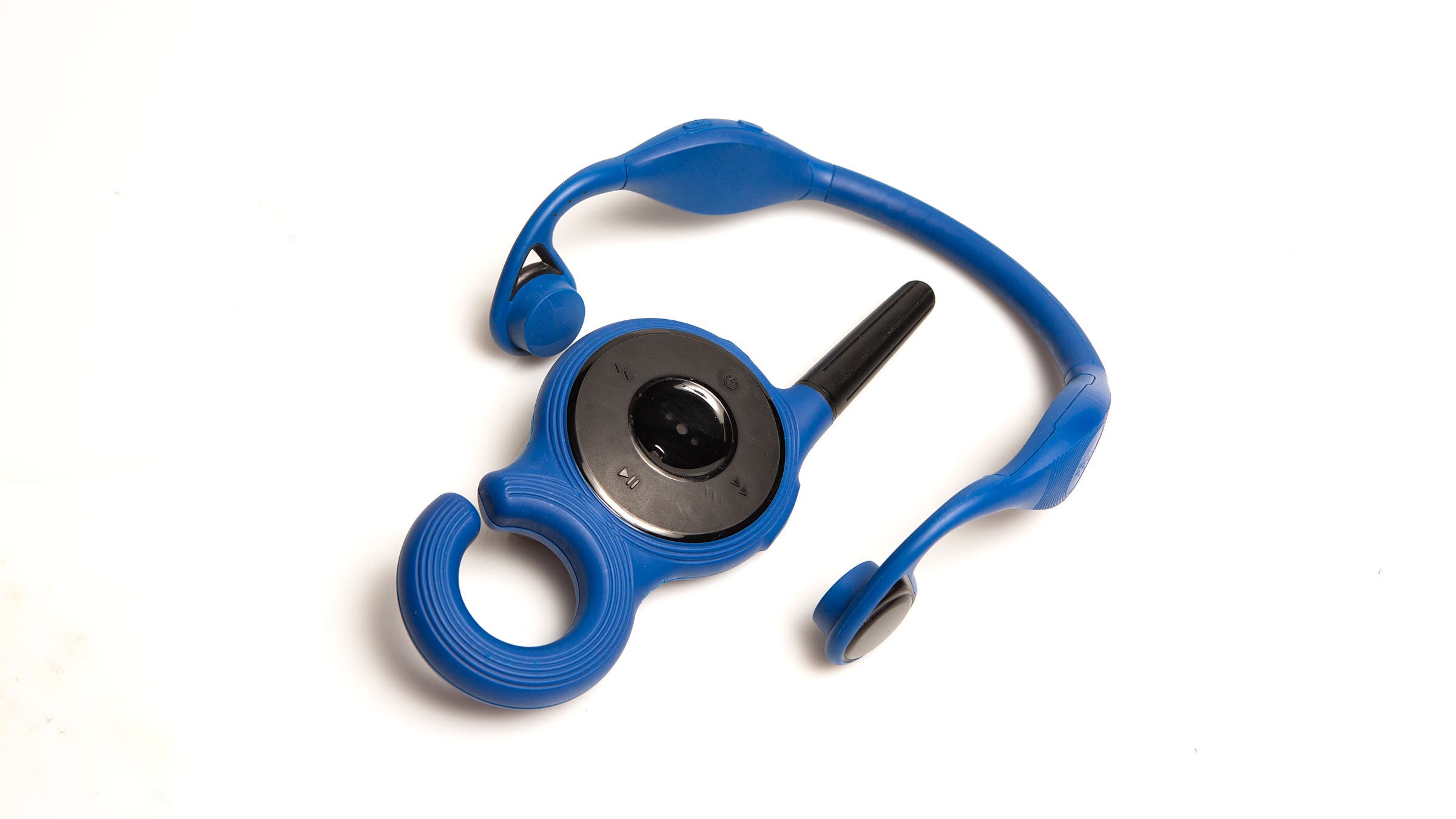
Zygo Underwater Headphones | $300
Experienced triathletes need this because: Streaming music makes the yards go by, but in-water technique pointers make you better
Zygo Solo swim headphones are a great addition when putting in long yards. The Zygo app has numerous pre-recorded workouts with interesting coaches and music genres to keep your motivation up and effort high. The headphones use bone-conduction technology to transmit the sound directly into your head, bypassing your ears. This setup is different from most other in-water music options as it streams music from your phone via a transmitter, rather than storing mp3s locally—an essential choice if you use a streaming service like Spotify or Apple Music.
—Sara McLarty
RELATED: Reviewed: Zygo Solo Swim Headphones
Bike
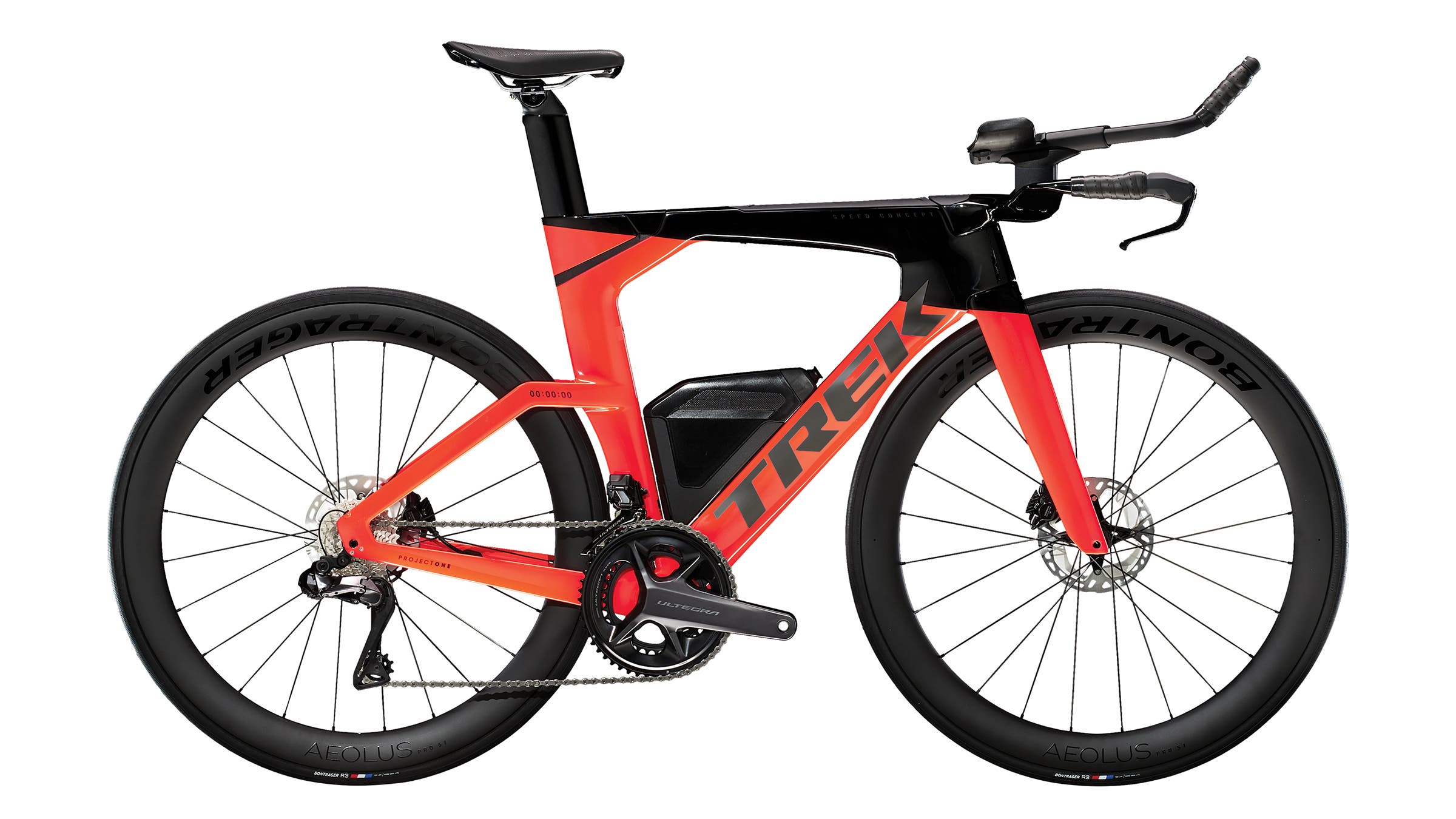
Trek Speed Concept SLR 7 | $9,500
Experienced triathletes need this because: An aerodynamic, lightweight carbon bike is faster, more fun, and more comfortable
Trek’s first foray into a disc brake–equipped tri bike is a big upgrade from the second-generation Speed Concept. The new version has incredibly simple fit adjustments, breaks down easily for travel, and ticks boxes for handling, acceleration, and weight. Though the price tag isn’t exactly wallet-friendly, the improved aerodynamic gains, integrated downtube storage, and interesting IsoSpeed suspension system all make the latest Speed Concept a novel bike that doesn’t resemble much out there.
—CF
RELATED: Trek Speed Concept SLR 7 Extended Review
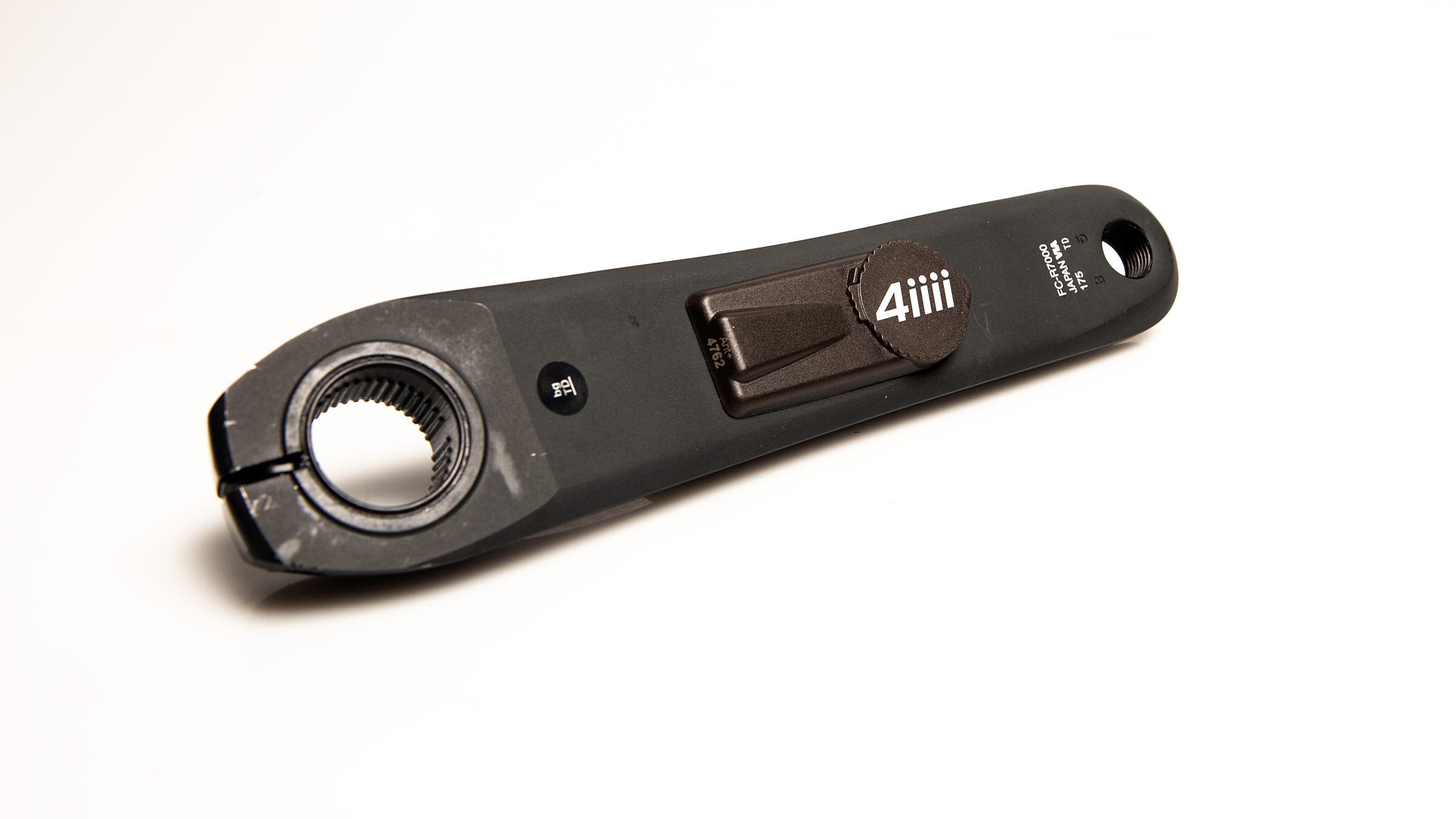
4iiii Precision 3 | $325 (single sided)
Experienced triathletes need this because: Cycling with power is the best, most objective use of your training time
If you’re looking to maximize your training, pace your bike leg better, or measure your progress accurately, you’re going to need a power meter on your bike. 4iiii’s latest version of the budget-friendly Precision line is available in either single or double-sided sensors, weighs only 9 grams, and uses a simple replaceable 2032 battery to get 800 hours of battery life. It also communicates +/-1% accuracy via Bluetooth and ANT+ protocols.
—CF
Run
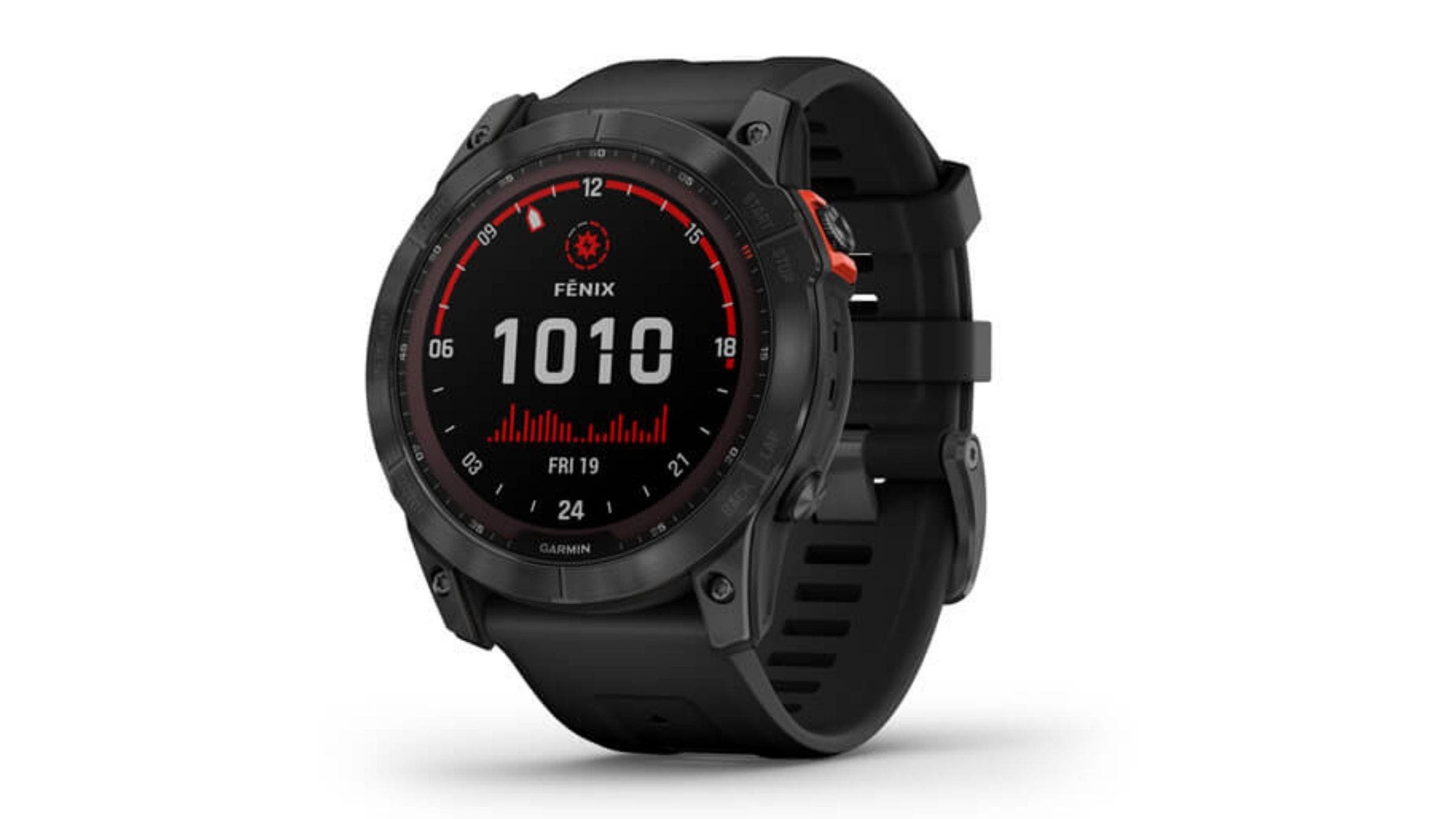
Garmin Fenix 7 | $700
Experienced triathletes need this because: Tracking your activities is just as important as knowing how rested you are
The long-awaited update to Garmin’s well-loved Fenix line has a host of features like a touch screen, free onboard mapping, updated health tracking with heart-rate variability, better battery, and more. The Fenix 7 line also includes models like the 7X Solar that is solar powered for up to 37 days of smartwatch life and 120 hours of GPS. For triathletes, the 7X Solar is also a great choice as its built-in LED flashlight is an invaluable hands-free tool for dark, early morning transition setup.
—CF
RELATED: A Detailed Look at the New Garmin Fenix 7 Series
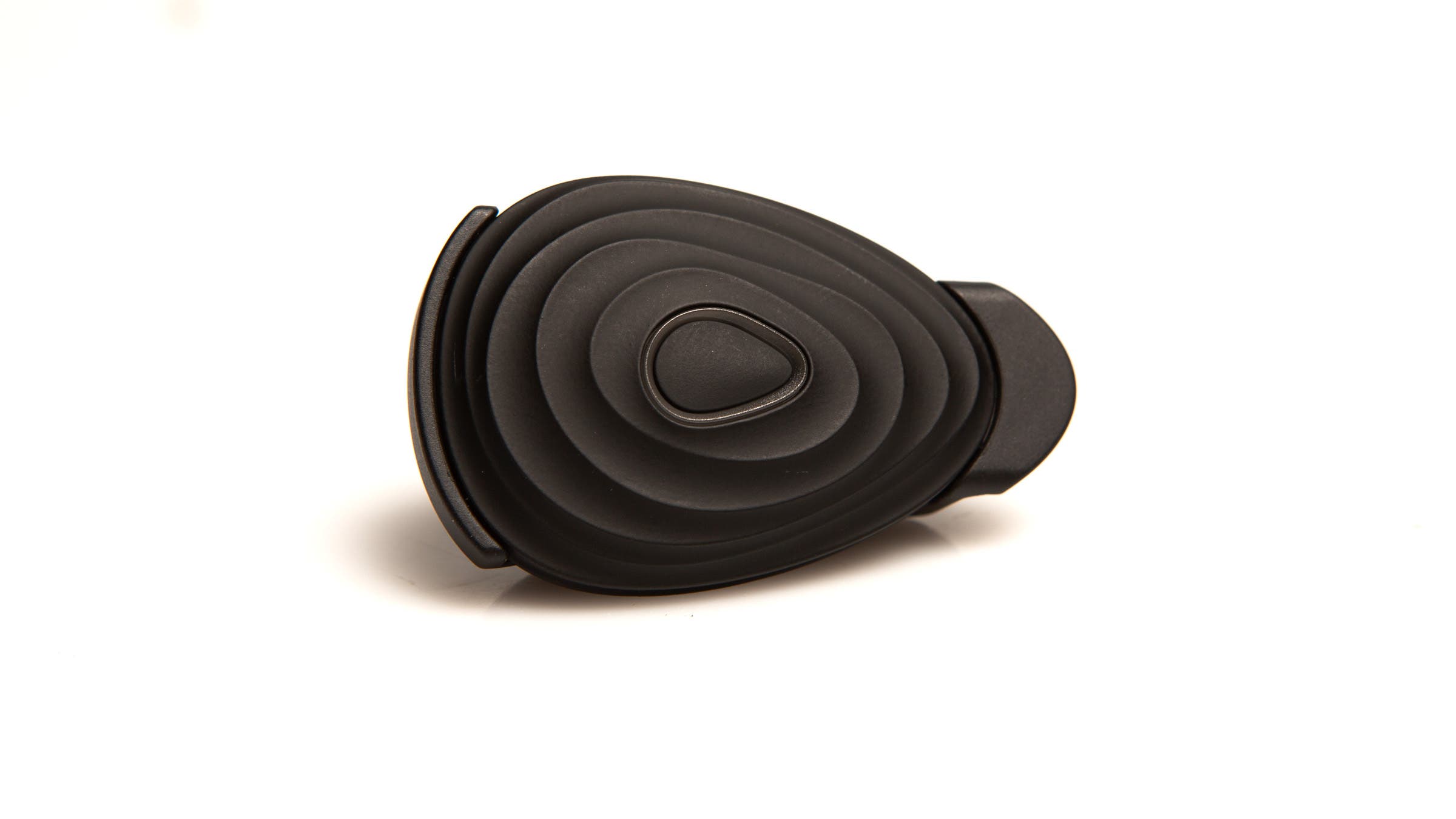
Stryd Footpod | $220
Experienced triathletes need this because: There’s no better way to measure effort while running
If you’re interested in objectively measuring your effort on your run, pacing a hilly race better, or working on improving your efficiency, then you need to look into a running power meter. A few smartwatches have built-in running power meters (Coros, Polar), but Stryd’s footpod has the most rigorous scientific testing and the greatest breadth of actionable data of the whole bunch. Note: If you want to see your running power data while running, you’ll also need a compatible smartwatch, but the device also stores data for post-run download.
—CF
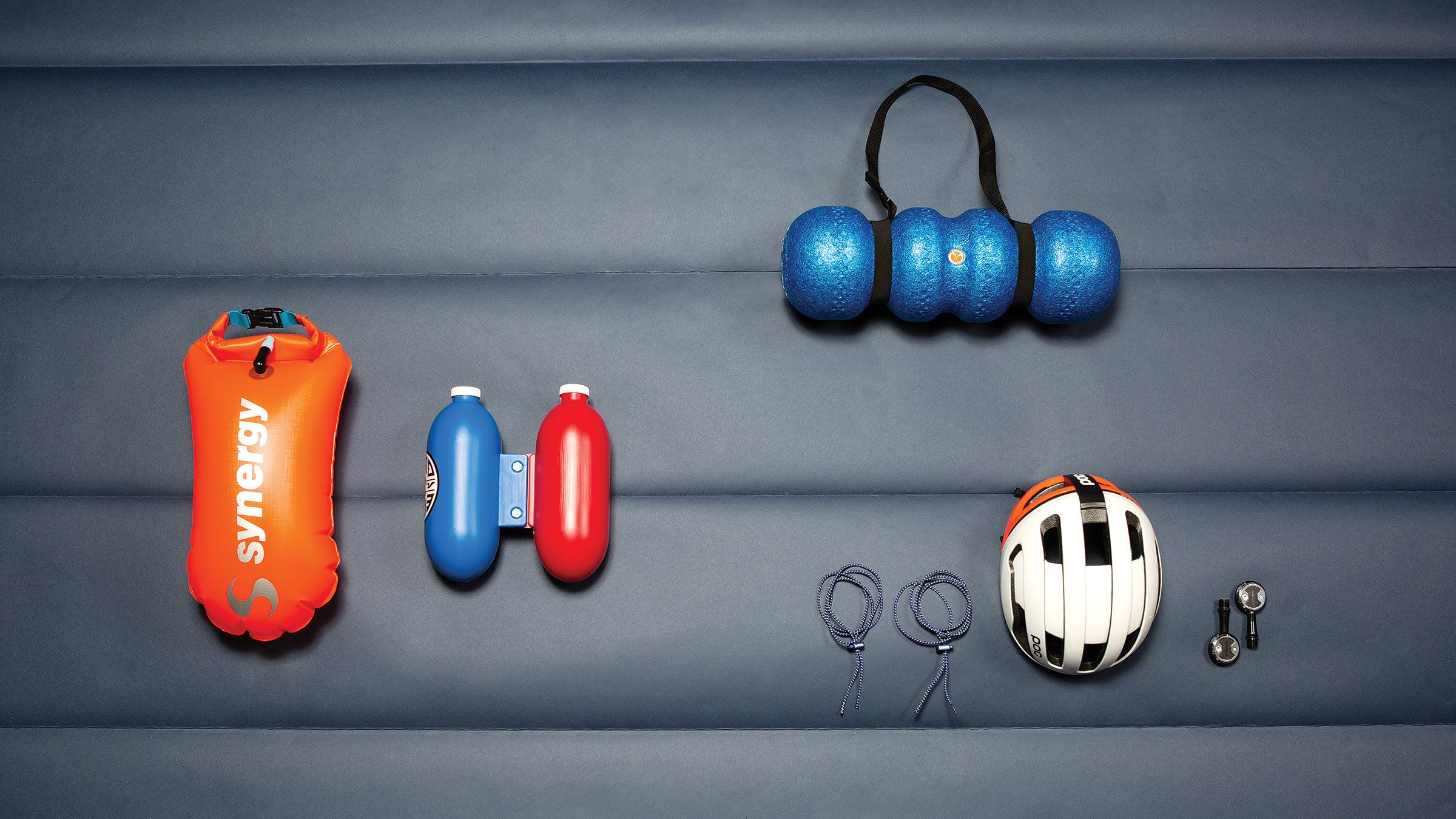
The Essentials
Whether you’re a new triathlete or a grizzled iron-vet, there are certain pieces of gear everyone should have—whether it’s for safety, training flexibility, recovery, or speed through transition. If you’ve been training and racing without these six items, you’ve been missing out.
RELATED: Tri 101: How to Get Started in Triathlon
Swim
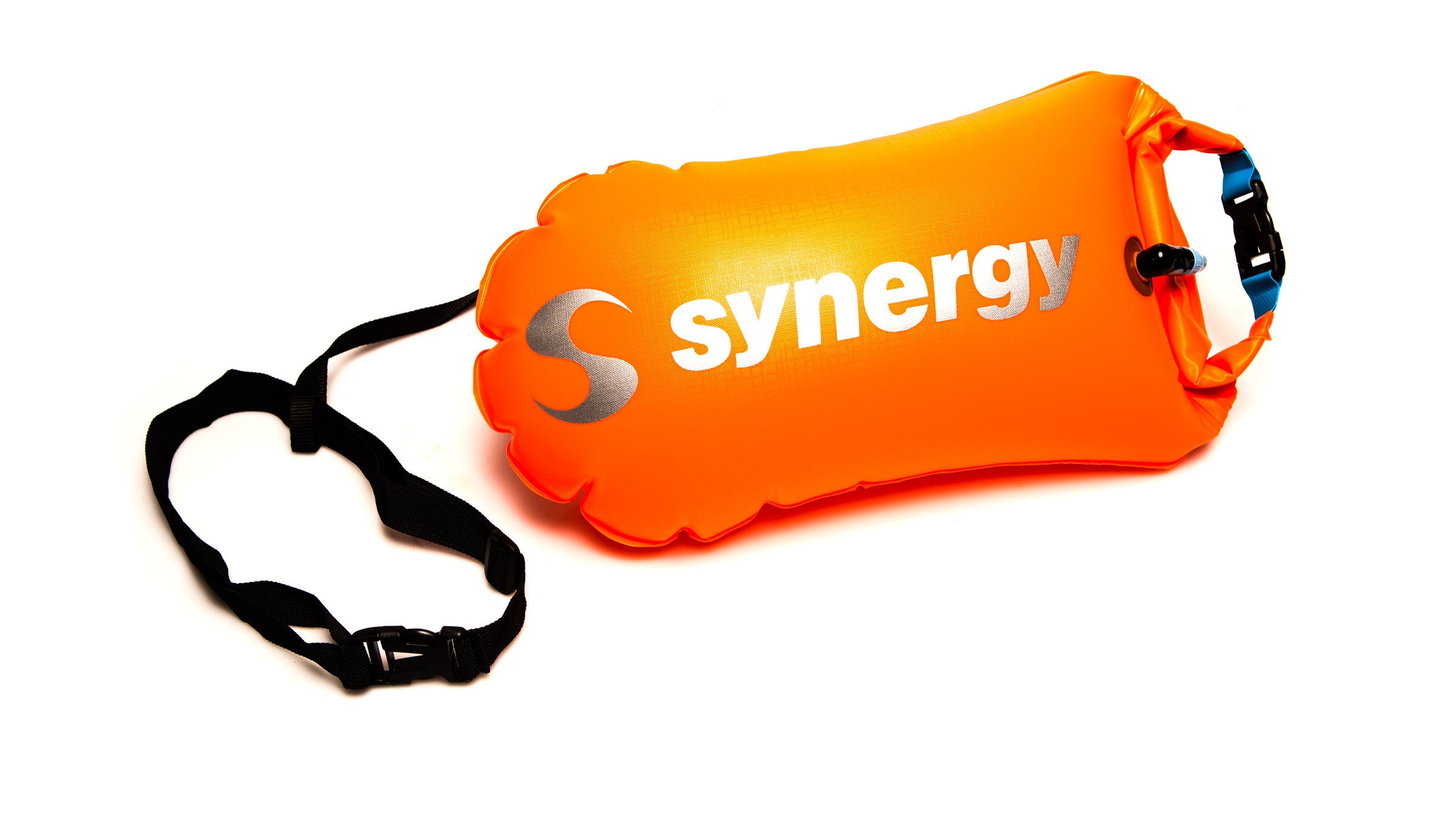
Synergy Open Water Swim Buoy | $25
Everyone needs this because: Safety knows no experience level
If you’re swimming alone (or even with a partner), a brightly colored swim buoy is an absolute must—not only for safety around boat traffic, but to help attract the attention of a lifeguard if something goes wrong. This version is bright, hooks onto your waist for an unobtrusive tow-as-you-go, and comes with a waterproof storage compartment for keys, a phone, or even mid-swim nutrition.
—Chris Foster
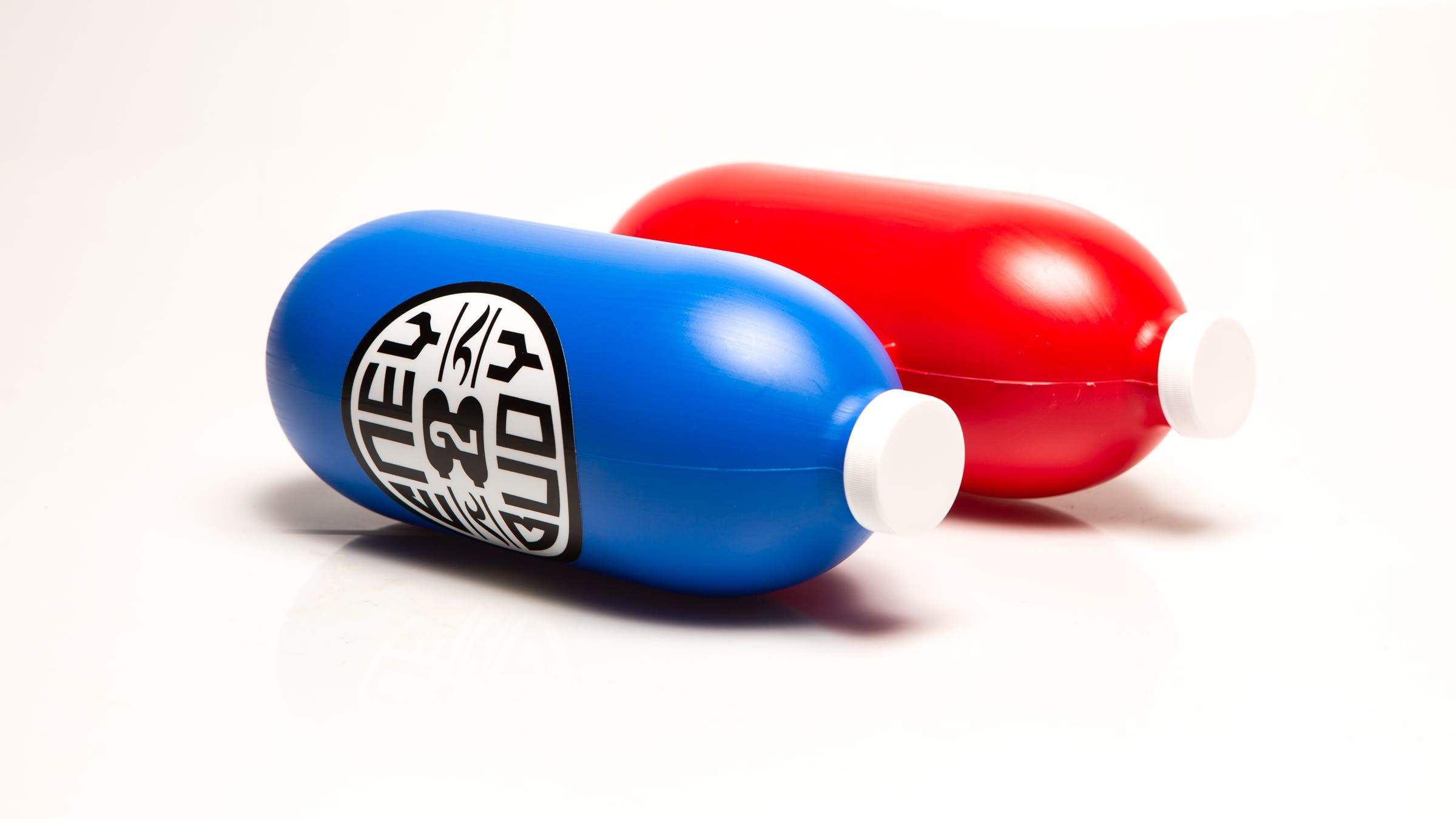
Eney Pull Buoy | $42
Everyone needs this because: This pull buoy does double duty
Yes, $42 is a lot for a pull buoy, but this is one versatile piece of equipment. When empty, this buoy will give you more float than almost anything else out there. Add some water to the reservoir with the removable cap, and you can adjust your level of flotation against a level of resistance, which is great for building swim-specific strength. Going on an open-water swim? Fill it with your favorite fluid and hydrate as you go (simultaneously giving you more float as you drink/swim).
—CF
Bike
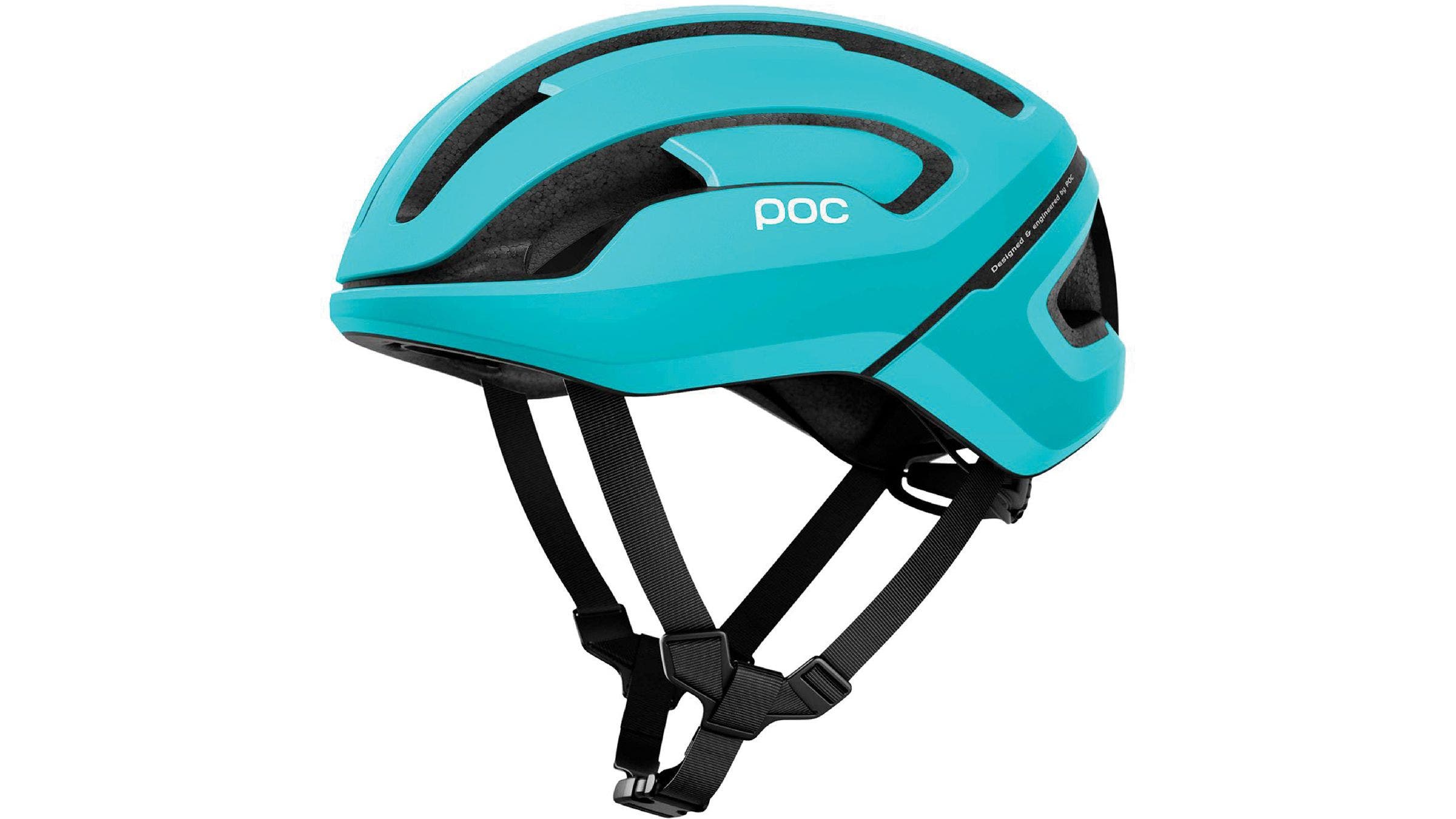
POC Omne Air Spin Helmet | $150
Everyone needs this because: A good, safe helmet is non-negotiable
While a speedy aero helmet may be an upgrade for those looking to go faster, a helmet for every ride is a non-negotiable for any triathlete. POC replaced the third-party MIPS system with their proprietary SPIN technology in this line, which aims to prevent and distribute rotational forces in a crash. Along with being lightweight and bright colored, the Omne Air fits snugly and comfortably (once you figure out the infinite looping system on the strap). One note for those with longer hair: You’re unlikely to be able to fit a ponytail through the helmet holes because of the snug fit, and will have to wear your hair low below the helmet.
—Kelly O’Mara
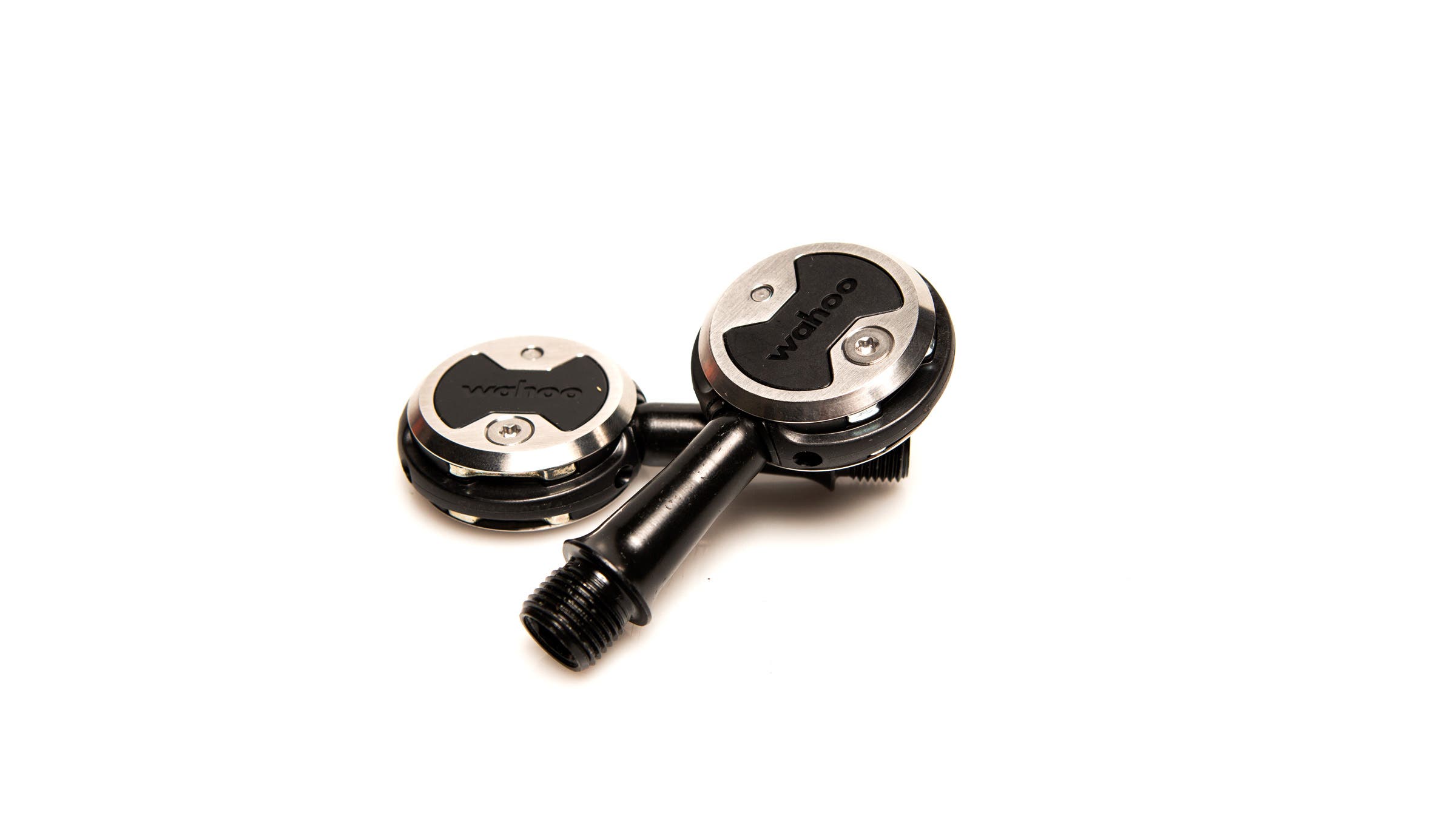
Speedplay Comp Pedals | $150
Everyone needs this because: Clip-in pedals will change the way you ride
For sure you can do your first tri with a pair of running shoes and some flat pedals, but if you want to stick with the sport, you’ll inevitably find yourself “clipping in.” Speedplay’s unique lollipop-shaped version has dual-sided entry to help make the transition easier, and their wide 15 degrees of float are easy on tri knees that have taken some abuse.
—CF
Run
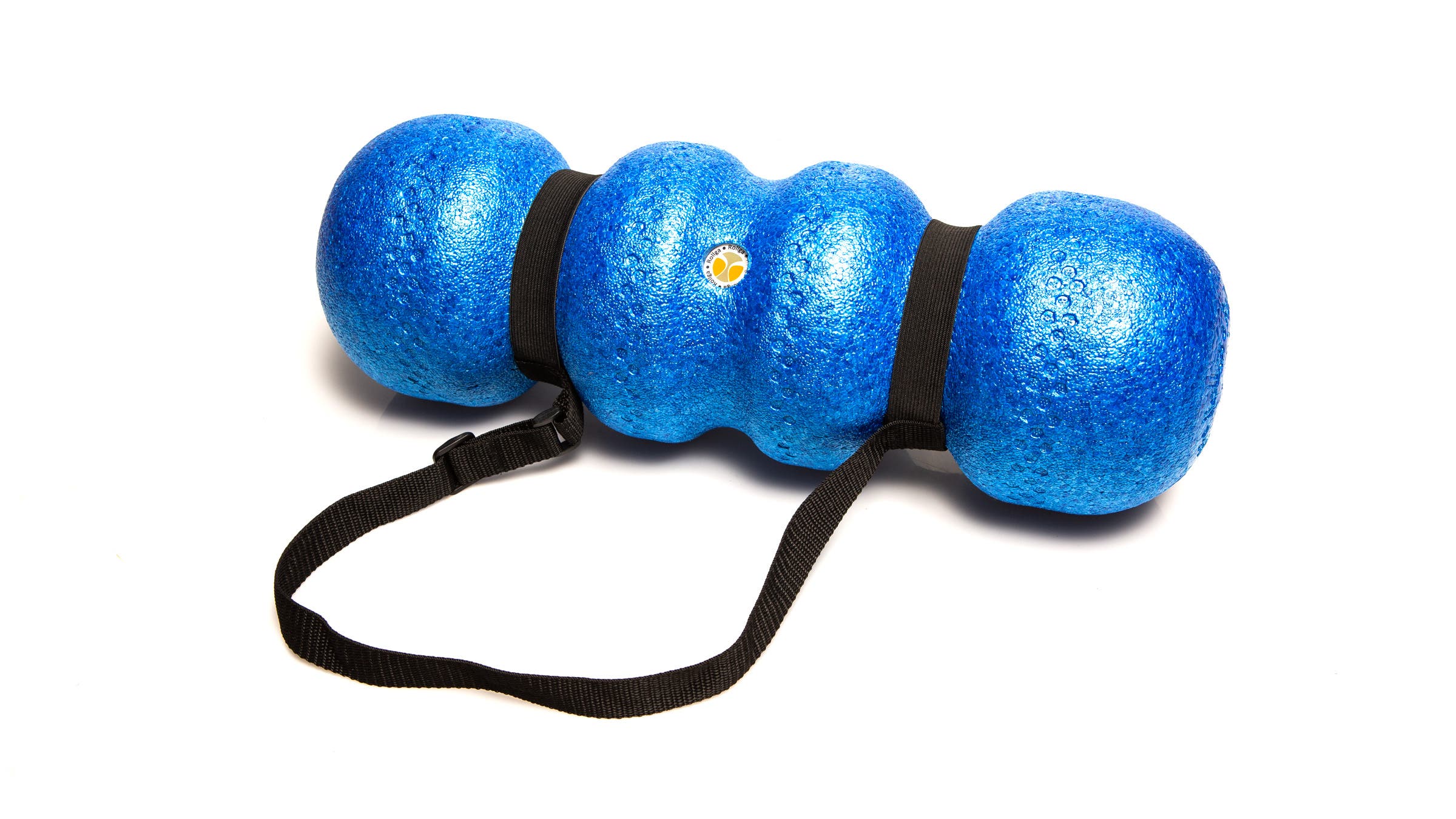
Rollga Soft Foam Roller | $50
Everyone needs this because: If you don’t own and use a foam roller yet, it’s just a matter of time
A foam roller is an essential injury prevention/rehab tool, endorsed by pretty much every physical therapist around the world. This version has channels to roll out backs (while protecting the spine), wrap around leg muscles, and provide targeted work on big/stubborn muscles. This soft model is ideal for triathletes of all levels.
—CF
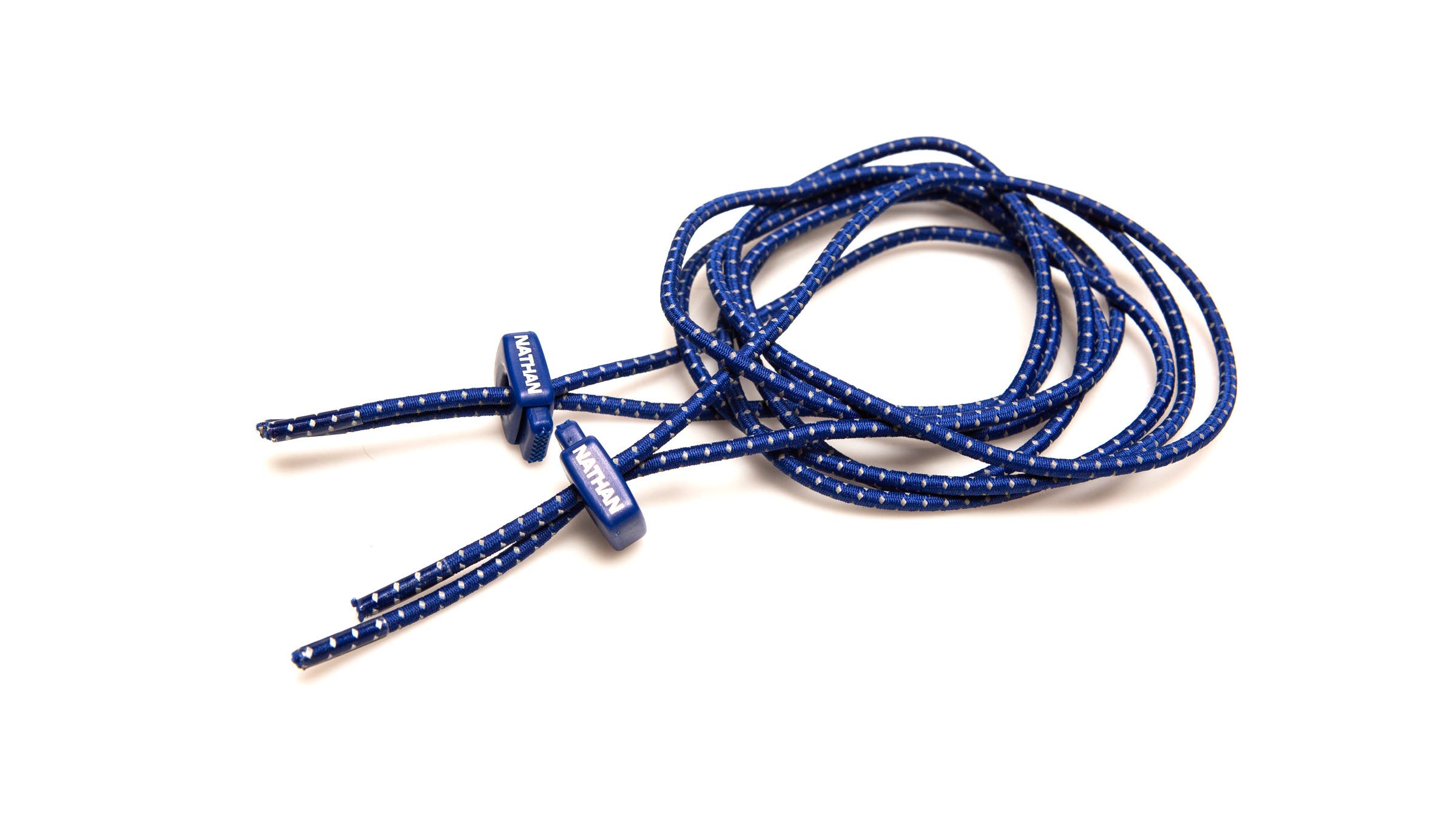
Nathan Run Laces | $8
Everyone needs this because: Elastic laces are free speed
Moving quickly through transition is basically free time in a tri, and there’s no easier (or cheaper) way to save it in T2 than a pair of elastic laces. For short races, the time gains from laces you don’t need to tie are proportionally huge; for long races, this setup is ideal as it allows you to loosen your shoes if your feet swell without having to untie/retie.
—CF
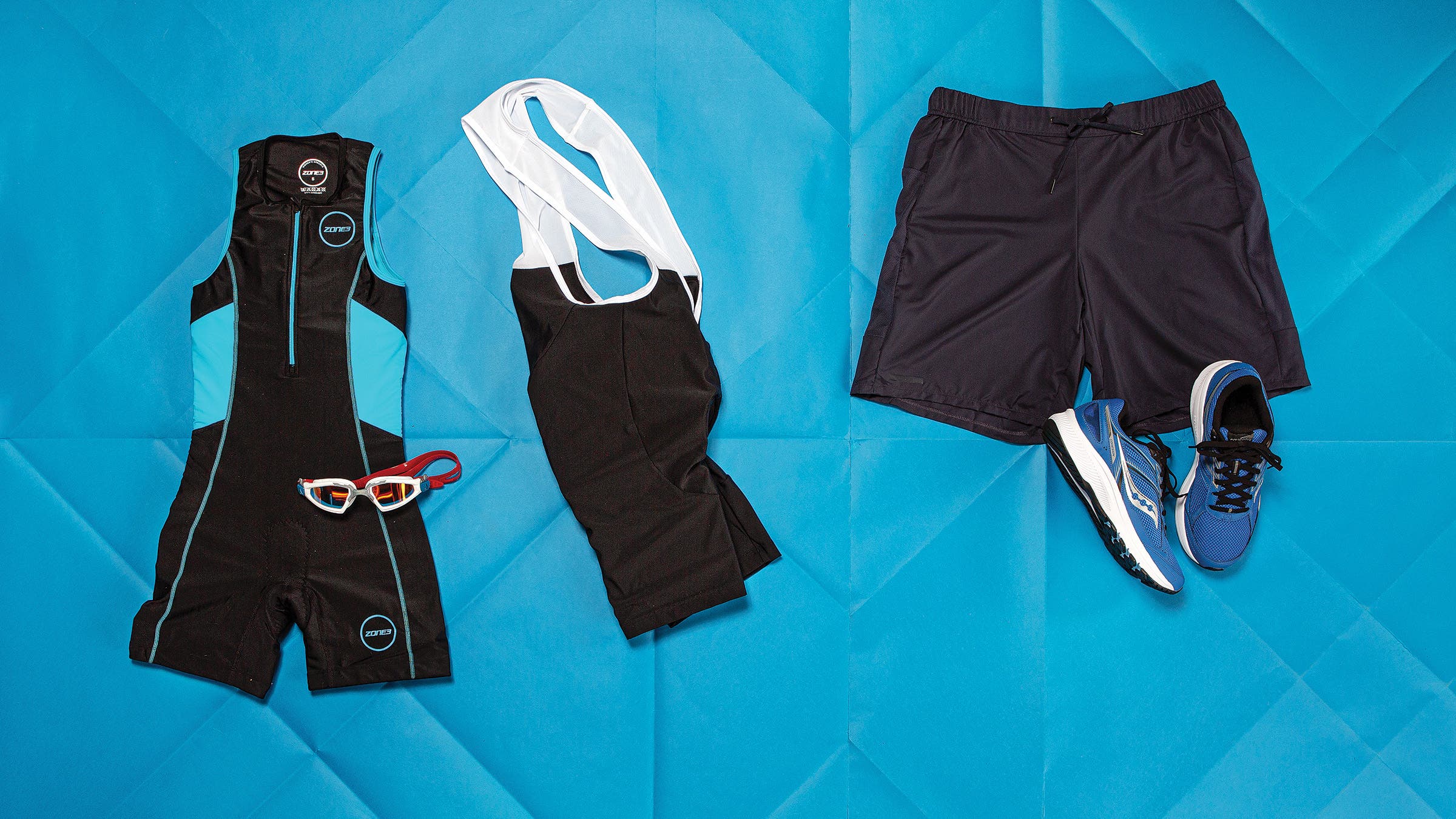
Beginner Triathlete Gear
You might be doing your first tri, or you might be doing your fourth—either way, this is where to start when it comes to swim, bike, run, and tri gear. You’d be hard pressed to get from the water’s edge to the finish line without these six items.
Swim
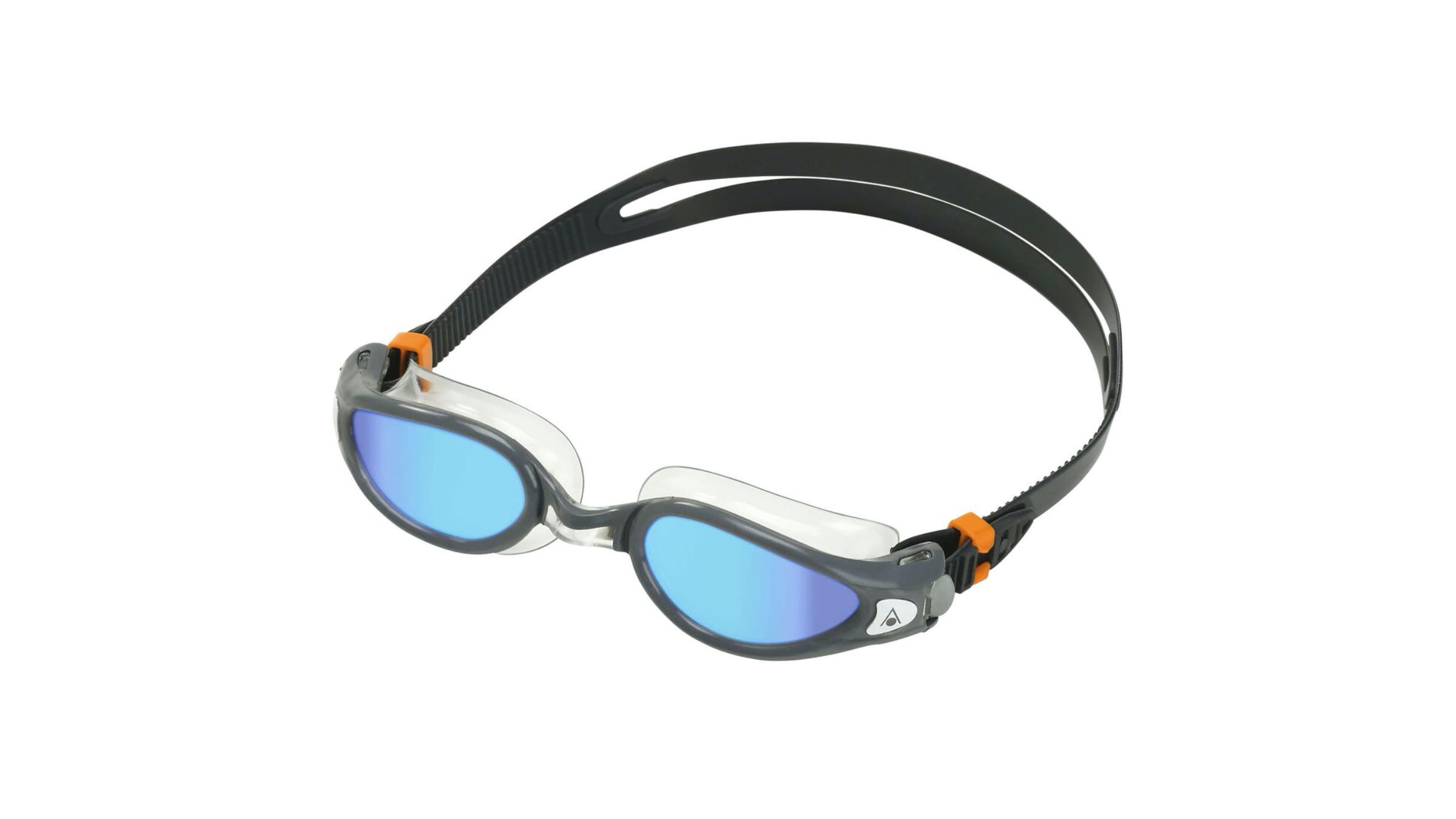
Aquasphere Kaiman Exo Goggles | $26
Beginners need these because: A good pair of goggles is nearly priceless
There’s a reason Aquasphere has sold more than 8 million pairs of the Kaiman model—the structure seems to work for just about every face shape. Their newest update adds what they call “EXO-core technology,” a semi-rigid exoskeleton that hits the right balance of durability, support, and comfort, making this a versatile goggle for every swim condition.
—Susan Lacke
RELATED: Ask a Gear Guru: Which Type of Goggles Should I Wear Today?
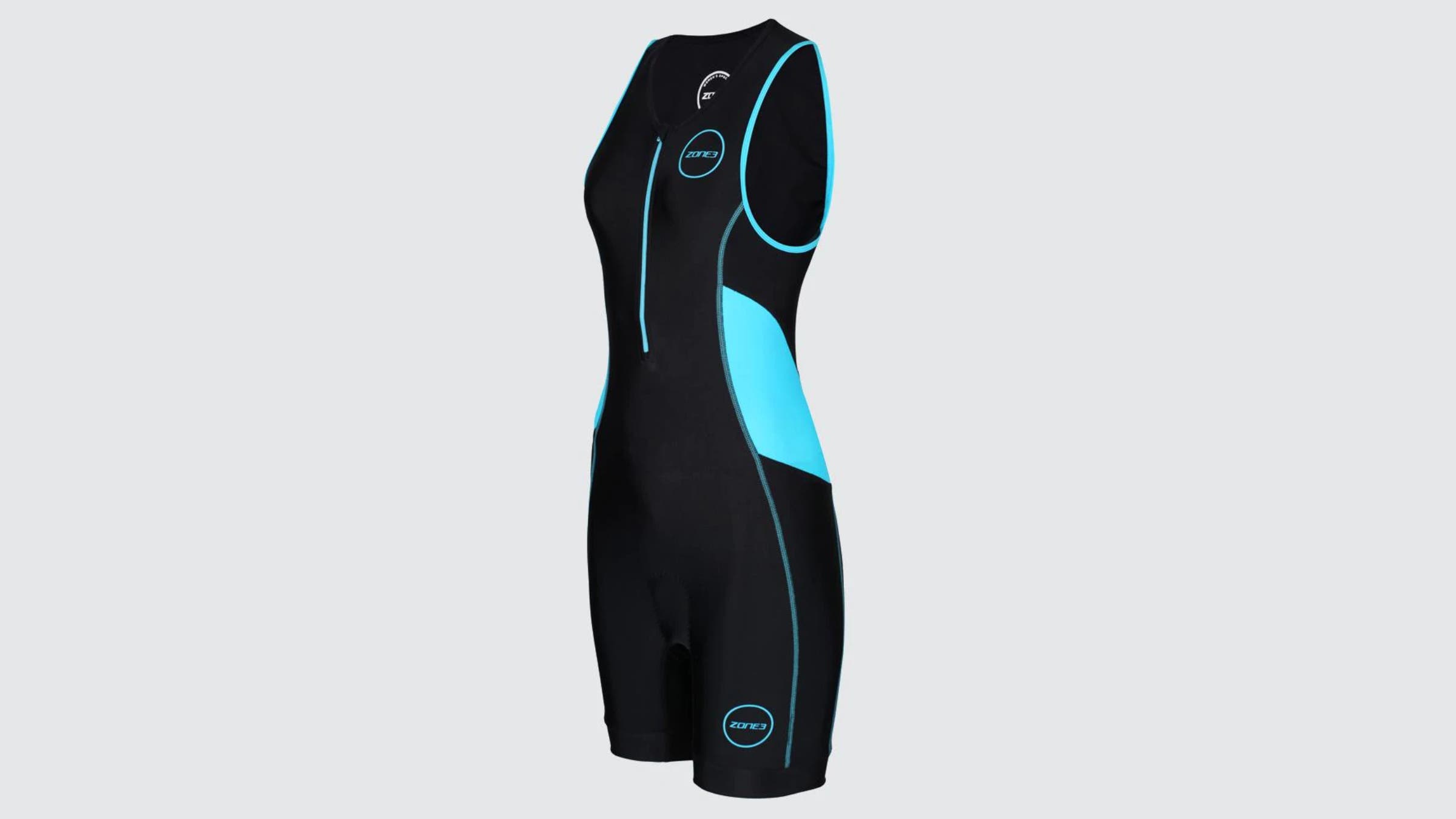
Zone3 Activate Trisuit | $110
Beginners need this because: Changing clothing in the middle of a race wastes time
Marketed as a short-distance, high-quality tri suit you can swim, bike, and run in without breaking the bank, this kit has a surprisingly padded chamois for rides up to two hours. The women’s version also has a double-layered support, meaning there’s an internal chest zip-up (almost like a built-in sports bra, but not quite compressive enough to serve as one).
—Kristin Jenny
Bike
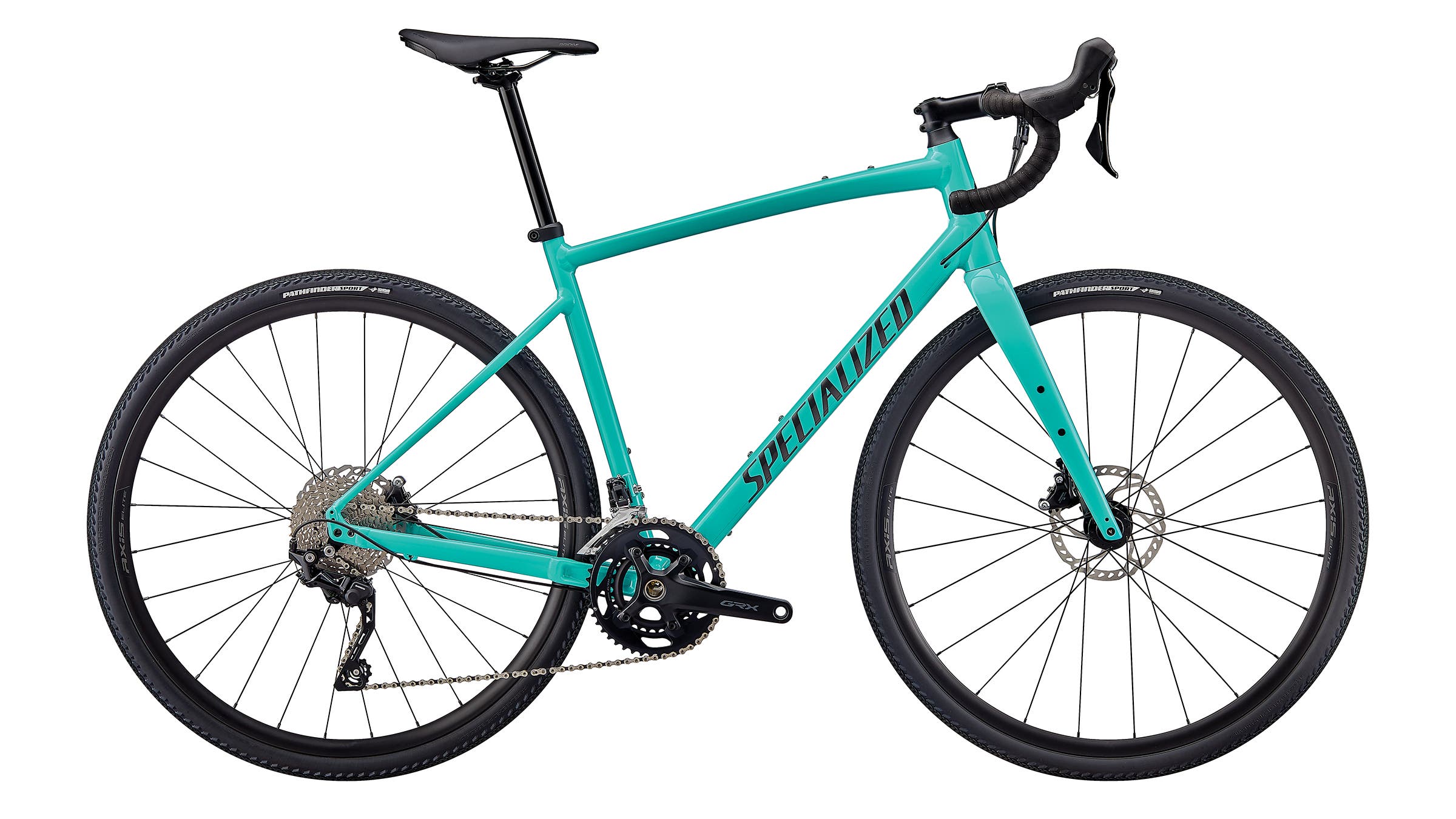
Specialized Diverge Elite E5 Gravel Bike | $2,000
Beginners need this because: A gravel bike does double-duty as a road and off-road bike
If you can only own one bike, today’s gravel rigs are sturdy enough to ride on moderate off-road trails, but light enough to train and race on the roads. The Elite E5 is Specialized’s 10-speed, lowest-end hydraulic disc brake offering (for great stopping power). And despite the aluminum frame, the ride can be softened by adjusting pressure on the 38c tires. This is the Swiss Army knife of beginner bikes. Time to race? Throw thinner tires on, and you’ll be ready to fly.
—CF
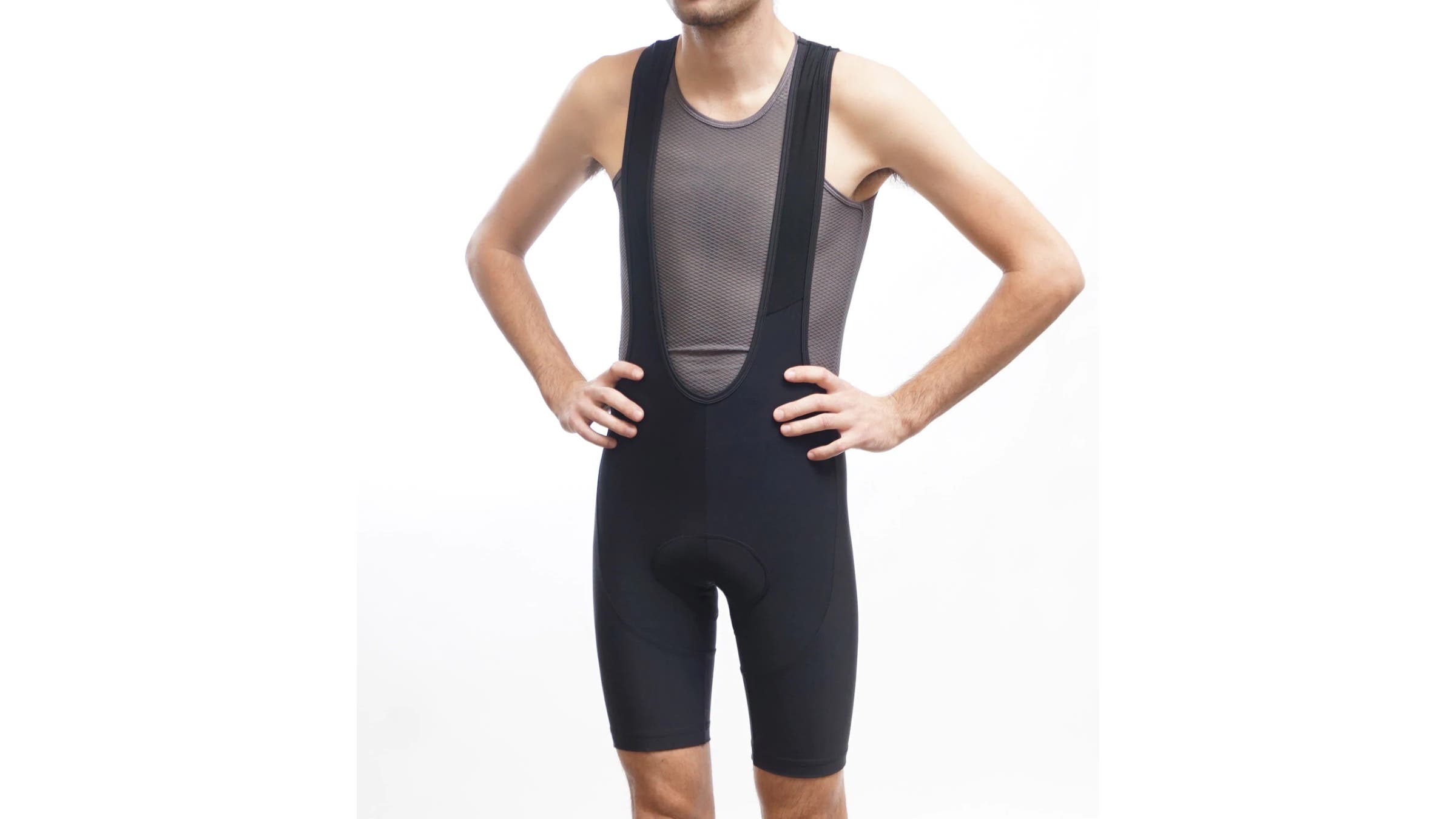
The Black Bibs Cycling Shorts | $40
Beginners need this because: Decent biking shorts will literally change the way you train
For anyone who has ridden a bike for any length of time, you know that a good pair of cycling shorts is priceless. These bibs are the cheat code of the cycling clothing game—well-constructed with an excellent chamois and offered at about one-third of the price of their competitors. Available in men’s and women’s, The Black Bibs are simple, unbranded, and do the job. Looking to upgrade? Their $80 Ultimate Bibs are an even more incredible value.
—CF
RELATED: How to Find the Right Bike Shorts For You
Run
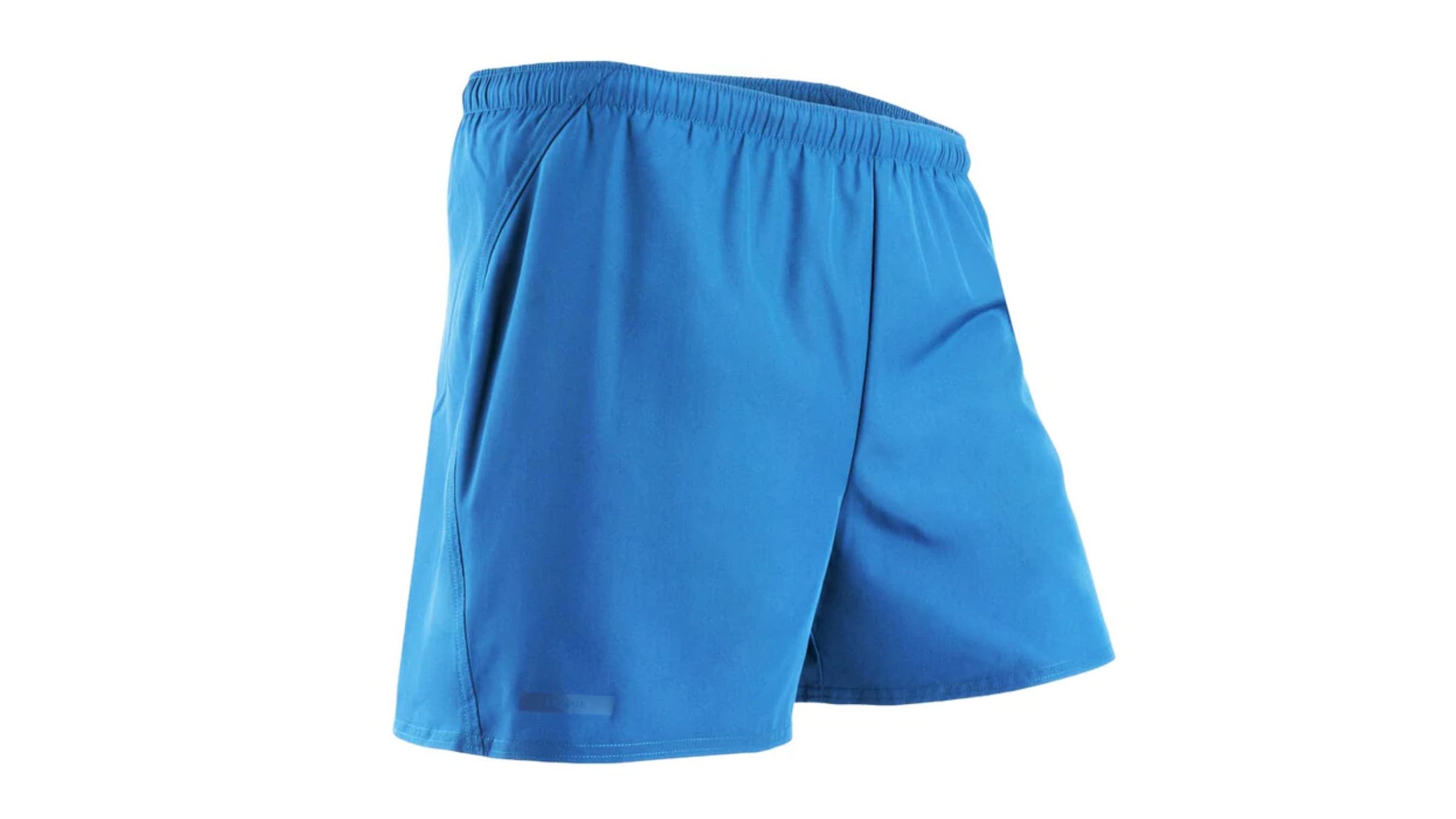
Decathlon Kalenji Run Dry+ Running Shorts | $20
Beginners need this because: Running shorts will make you more comfortable, but they don’t have to be expensive
Decathlon is another in-house budget brand that has shockingly good quality for prices roughly one-third of what the rest of the industry offers. These super lightweight running shorts have extremely breathable fabric, mesh side panels, and a zippered rear pocket that fits a small smartphone or nutrition. For about the price of a pair of premium socks, you’ve got a pair of shorts that’ll last for years. Note: These shorts are linerless, but the similarly named $13 Run Dry version is lined.
—CF

Saucony Cohesion 14 | $65
Beginners need this because: Real running shoes make a difference, but they don’t have to cost a fortune
While many running shoes can cost nearly double, this budget pair of capable shoes from Saucony is a great no-frills way to get started. Using Versarun foam throughout the midsole, this shoe doesn’t have a ton of support for high-mileage training or for people with big mechanical issues (throw in some aftermarket insoles to help), but they’re shockingly lightweight and have a durable outsole. Just be sure to anticipate some break-in time.
—CF
RELATED: The Best Running Shoes for Every Kind of Run
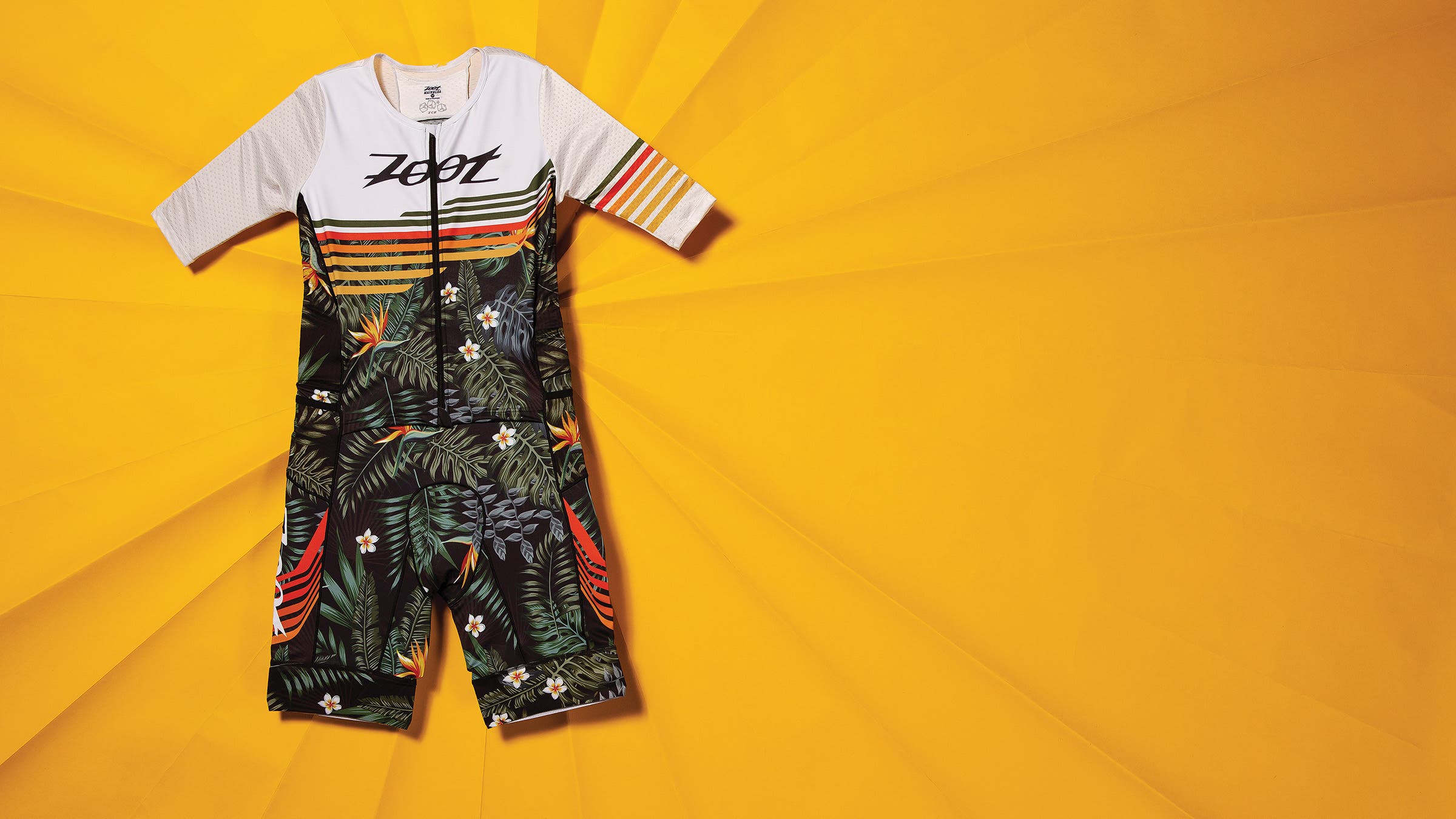
Intermediate Triathlete Gear
You’ve got a season or two under your race belt. Now you’re ready to step up and get faster, be more comfortable, and stay injury-free. This gear will help you make the natural evolution from newbie triathlete to a triathlete who understands the difference between “A race” and “B race.”
RELATED: 10 Weeks to Your Best 70.3
Swim
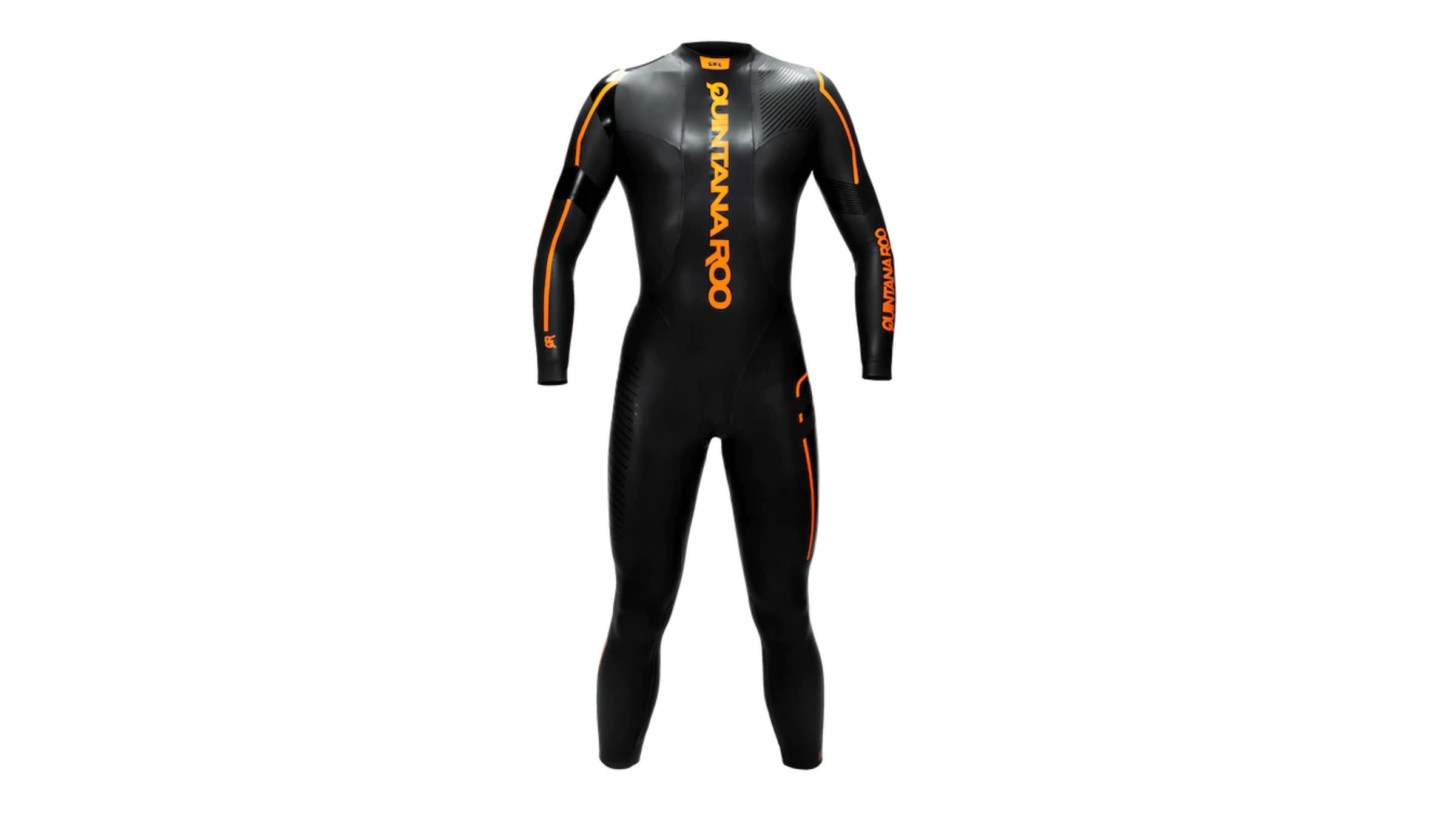
Quintana Roo HYDROfive2 Wetsuit | $480
Intermediate triathletes need this because: You’ll be warmer, but you’ll float better and move quicker through the water
Though the latest version of Quintana Roo’s intermediate-level wetsuit has new graphics and bigger wrists, the major change from the first brand to make triathlon wetsuits is its genderless sizing. After analyzing body shape data, QR decided that wetsuit sizing should be based on body shape, not sex, and that many swimmers are better off with a wetsuit that might not fall into their gender’s size run. The result is a better fit and 14 sizes across each model.
—CF
RELATED: An In-Depth Look at QR’s New Wetsuit Genderless Sizing

Zoot Ltd. Tri Aero FZ Racesuit | $250
Intermediate triathletes need this because: More pockets and better fabric are essential for longer events
This long course–focused tri suit is all about one thing: pockets, pockets everywhere. Zoot maximizes previously unused real estate to provide internal front-facing pockets for ice and fuel—along with the standard external rear-facing pockets. There’s even an extra liner on the front of the shorts area for storing more ice. Note: The arms are quite long, and very compressive.
—KJ
Bike
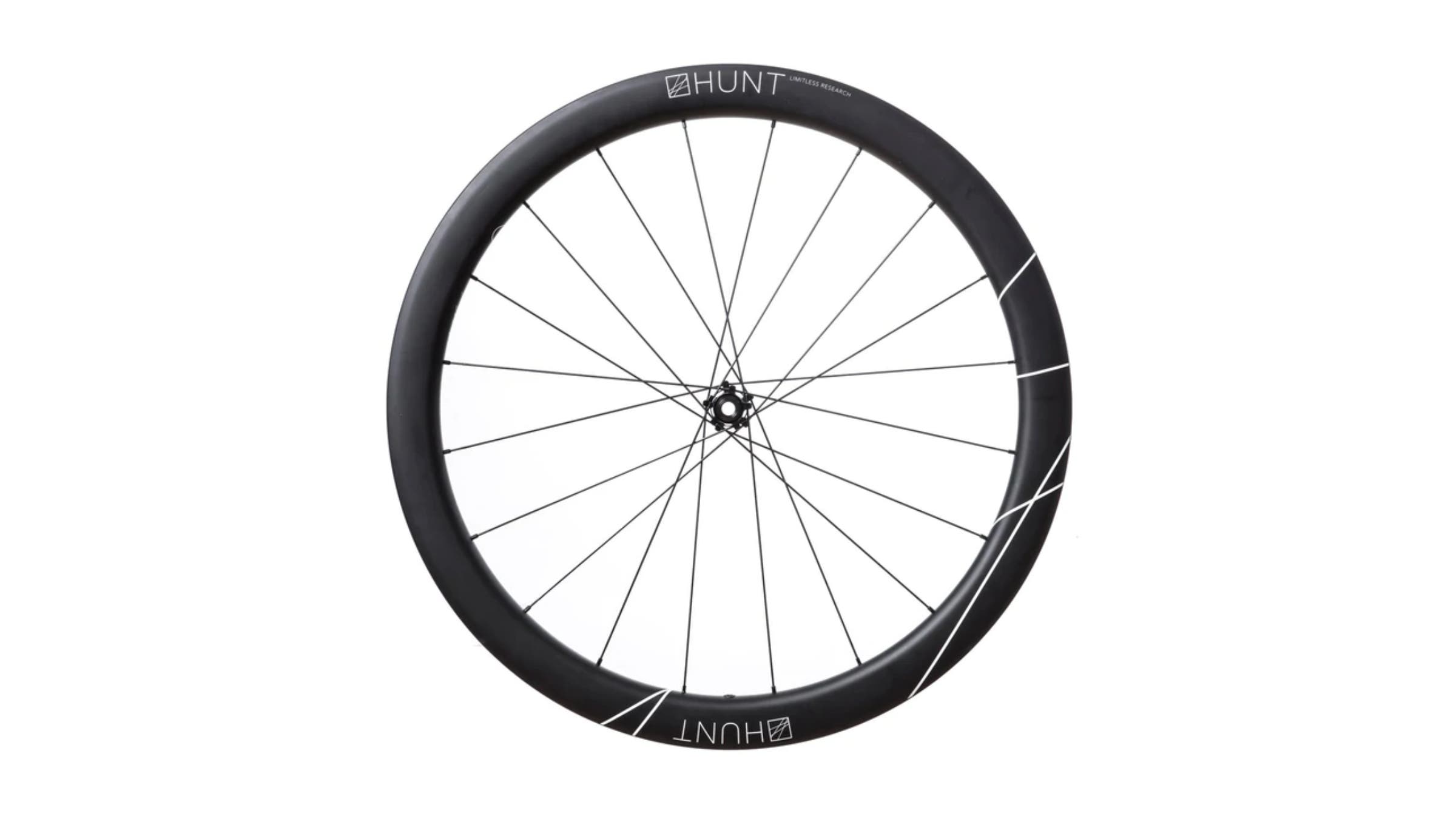
Hunt 48 Limitless Aero Disc Wheelset | $1,300
Intermediate triathletes need this because: There’s no better way to get faster and more comfortable than a pair of decent carbon race wheels
Hunt has seemingly ticked almost all of the boxes with their 48 Limitless Aero Disc wheelset. Fast, aerodynamic, and with impressive cornering and handling capabilities, these wheels will help you feel race-ready without breaking the bank like some carbon wheelsets can. In fact, at this price point you’ll be hard pushed to find anything that delivers this kind of performance. At 1,618g for the pair, they may be unremarkable when it comes to weight (compared to their competitors), but for those athletes who are looking for an upgrade a few seasons into their tri careers, that isn’t a major dealbreaker.
—Emma-Kate Lidbury
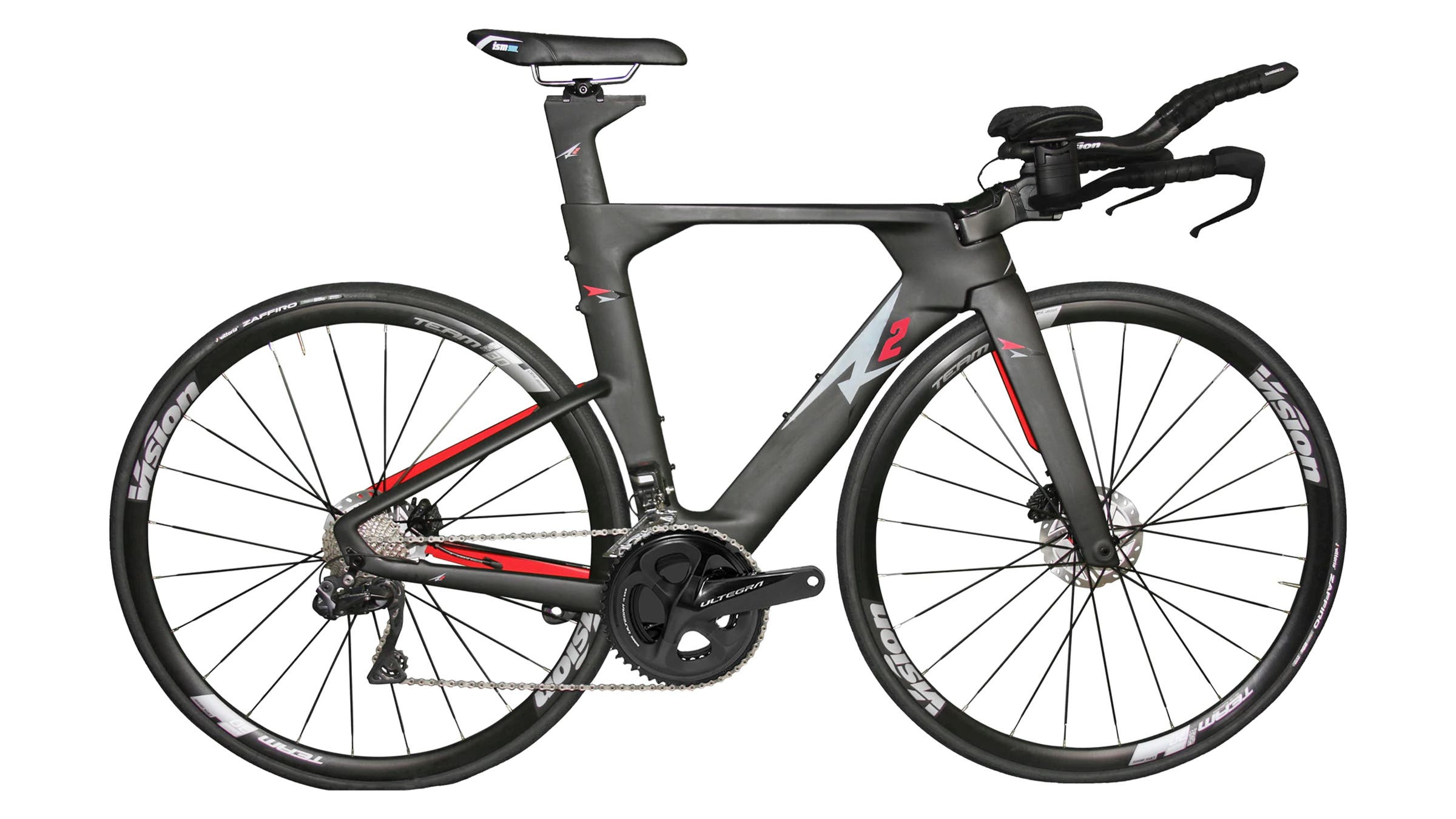
A2 Bikes SP1 | Starting at $2,800
Intermediate triathletes need this because: A tri-specific bike will be faster and more comfortable
It used to be that upgrading to a carbon superbike meant an investment starting in the $5,000 range, but with A2 Bikes’ nearly factory-direct model, fast carbon can come home for almost half the price. The brand-new version of the Speed Phreak, the SP1, comes in three different builds—all with a newly adjustable front end, increased aerodynamics, and a seat clamp module that allows for a steep seat angle if desired.
—CF
RELATED: An In-Depth Look at A2 Bikes’ New SP1.2 Superbike
Run

Hoka Mach Supersonic | $150 (Coming April 2022)
Intermediate triathletes need this because: A good pair of race/fast training day shoes will shave time off your event
Designed to be the race/tempo version of Hoka’s popular Mach 4, these shoes are for those ready to step into some faster race shoes—but not quite ready for full supershoes yet. The Mach Supersonic retains a lot of the original plushiness and feel of the Mach line, but is designed with a new layer of foam and more stiffness in the forefoot for more of an explosive race feel. There are definitely faster shoes on the market, but if you’re looking to test out a race shoe these are a good step up, and the durable outer sole is more suited to the wet varied terrain of tri courses than a pure road run. (Plus, the big heel loop makes them ideal for pulling on shoes in T2.)
—KO
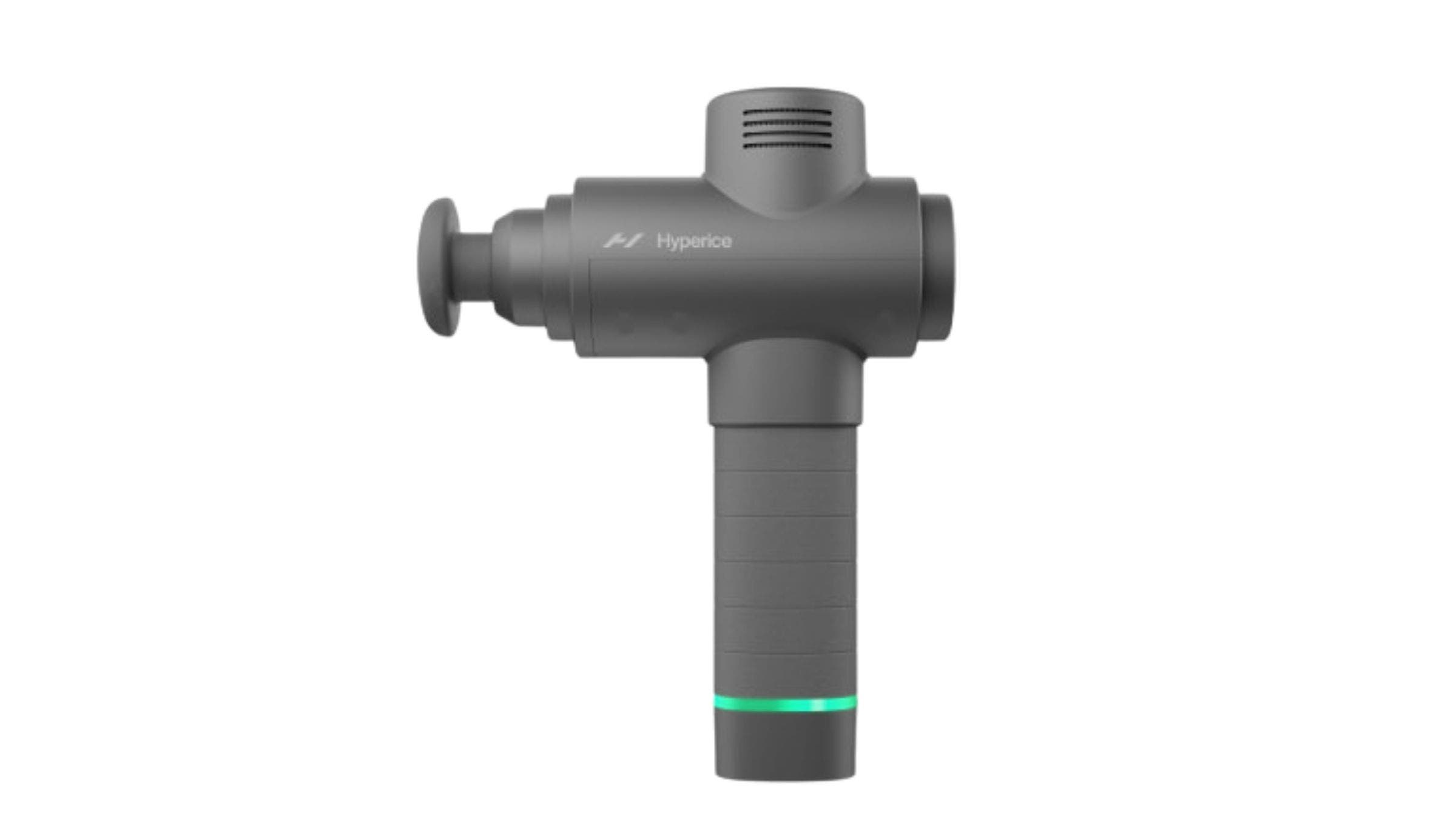
Hyperice Hypervolt 2 | $300
Intermediate triathletes need this because: You won’t need to hire a masseuse and you an head injuries off at the pass
If the foam roller is an essential piece of equipment for any level of triathlete, a percussive massager is the next step up. If you’re planning on racing short course at an intense level or long-course tri at any level, a good, quiet, percussive massager will end up saving you money in visits to the masseuse or, worse, the physical therapist. The Hypervolt 2 is one of the quietest and most versatile of the crowded percussive bunch.
—CF
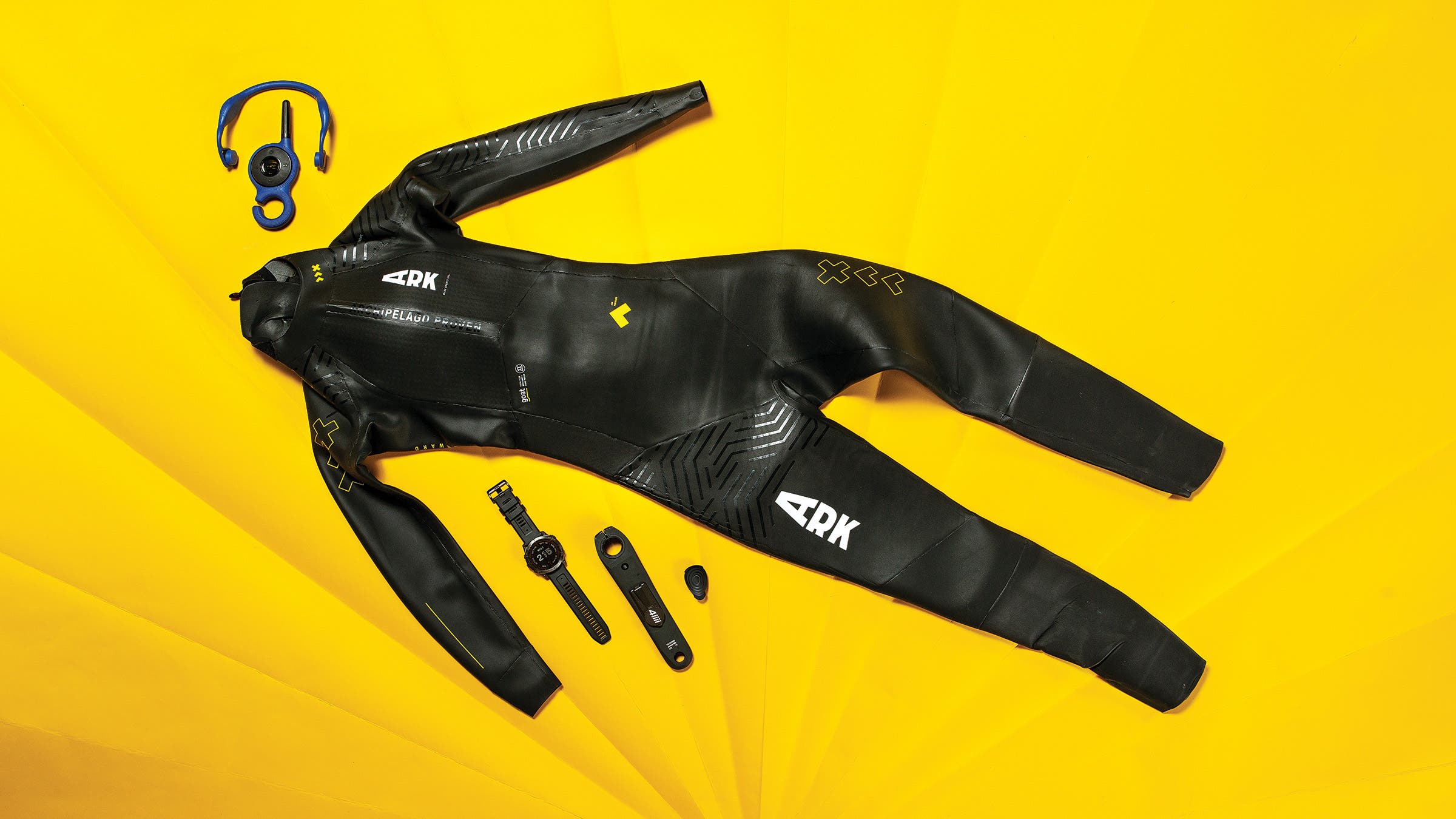
Experienced Triathlete Gear
You don’t need to be fast, but you do want to go faster. The experienced triathlete has the basics already covered and is looking for upgrades—on speed, on fun (and efficiency), and on tools that make them stronger. If you want to squeeze every second out of your race and make the best of every training minute, you need this stuff.
Swim
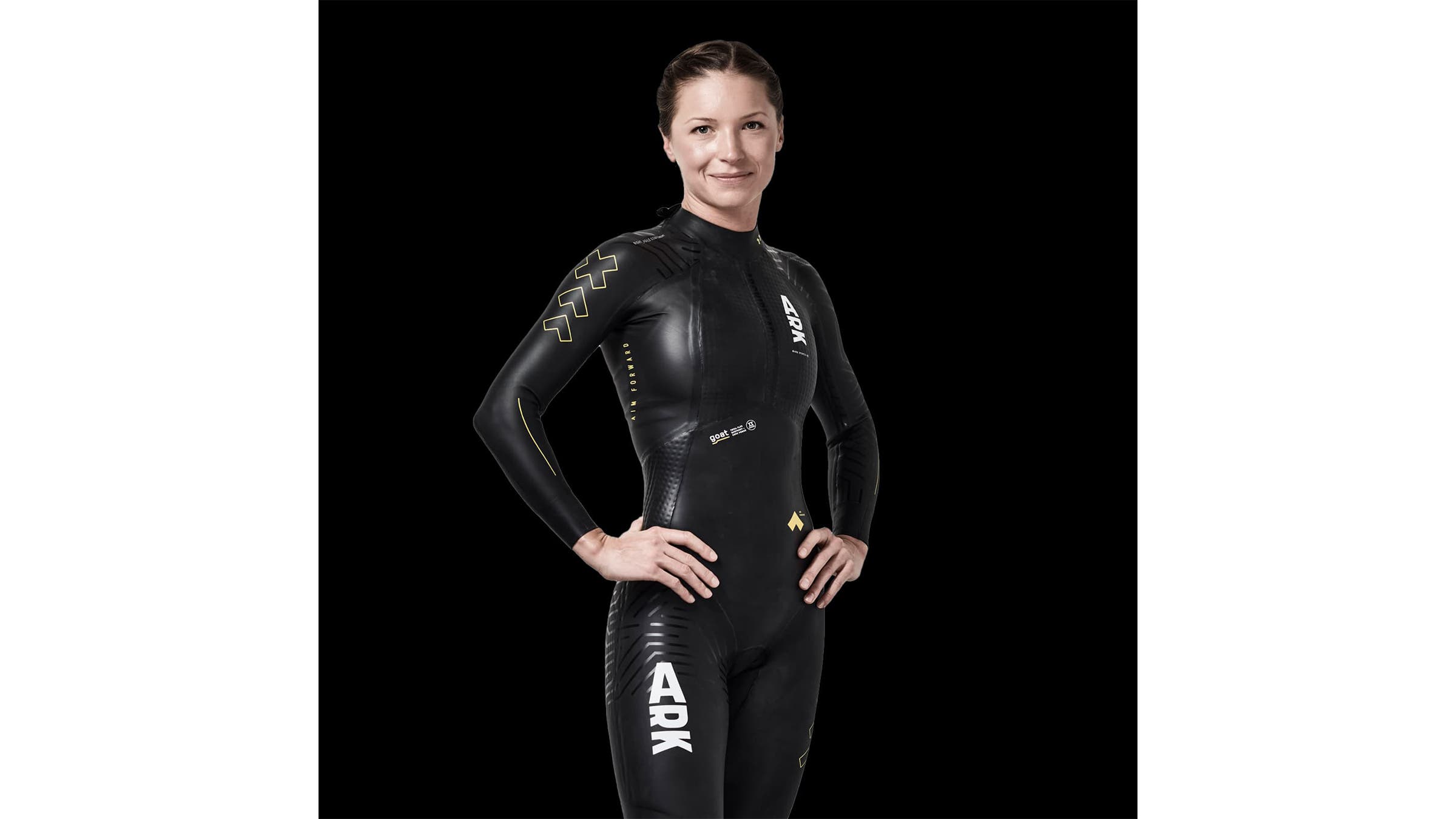
ARK GOAT Wetsuit | $650
Experienced triathletes need this because: Lighter, more flexible neoprene reduces fatigue and makes your swim leg faster
Though Sweden-based ARK is better known for their amazing swimrun gear, they’re (finally) taking their neoprene expertise into the realm of traditional open-water swimming. Following their tradition of premium, flexible neoprene, the GOAT is everything you’d expect in high-end rubber: a super-comfy collar, a nano-glide coating, and a bevy of purpose-built panels. What’s unexpected is how lightweight this suit feels.
—CF

Zygo Underwater Headphones | $300
Experienced triathletes need this because: Streaming music makes the yards go by, but in-water technique pointers make you better
Zygo Solo swim headphones are a great addition when putting in long yards. The Zygo app has numerous pre-recorded workouts with interesting coaches and music genres to keep your motivation up and effort high. The headphones use bone-conduction technology to transmit the sound directly into your head, bypassing your ears. This setup is different from most other in-water music options as it streams music from your phone via a transmitter, rather than storing mp3s locally—an essential choice if you use a streaming service like Spotify or Apple Music.
—Sara McLarty
RELATED: Reviewed: Zygo Solo Swim Headphones
Bike

Trek Speed Concept SLR 7 | $9,500
Experienced triathletes need this because: An aerodynamic, lightweight carbon bike is faster, more fun, and more comfortable
Trek’s first foray into a disc brake–equipped tri bike is a big upgrade from the second-generation Speed Concept. The new version has incredibly simple fit adjustments, breaks down easily for travel, and ticks boxes for handling, acceleration, and weight. Though the price tag isn’t exactly wallet-friendly, the improved aerodynamic gains, integrated downtube storage, and interesting IsoSpeed suspension system all make the latest Speed Concept a novel bike that doesn’t resemble much out there.
—CF
RELATED: Trek Speed Concept SLR 7 Extended Review

4iiii Precision 3 | $325 (single sided)
Experienced triathletes need this because: Cycling with power is the best, most objective use of your training time
If you’re looking to maximize your training, pace your bike leg better, or measure your progress accurately, you’re going to need a power meter on your bike. 4iiii’s latest version of the budget-friendly Precision line is available in either single or double-sided sensors, weighs only 9 grams, and uses a simple replaceable 2032 battery to get 800 hours of battery life. It also communicates +/-1% accuracy via Bluetooth and ANT+ protocols.
—CF
Run

Garmin Fenix 7 | $700
Experienced triathletes need this because: Tracking your activities is just as important as knowing how rested you are
The long-awaited update to Garmin’s well-loved Fenix line has a host of features like a touch screen, free onboard mapping, updated health tracking with heart-rate variability, better battery, and more. The Fenix 7 line also includes models like the 7X Solar that is solar powered for up to 37 days of smartwatch life and 120 hours of GPS. For triathletes, the 7X Solar is also a great choice as its built-in LED flashlight is an invaluable hands-free tool for dark, early morning transition setup.
—CF
RELATED: A Detailed Look at the New Garmin Fenix 7 Series

Stryd Footpod | $220
Experienced triathletes need this because: There’s no better way to measure effort while running
If you’re interested in objectively measuring your effort on your run, pacing a hilly race better, or working on improving your efficiency, then you need to look into a running power meter. A few smartwatches have built-in running power meters (Coros, Polar), but Stryd’s footpod has the most rigorous scientific testing and the greatest breadth of actionable data of the whole bunch. Note: If you want to see your running power data while running, you’ll also need a compatible smartwatch, but the device also stores data for post-run download.
—CF